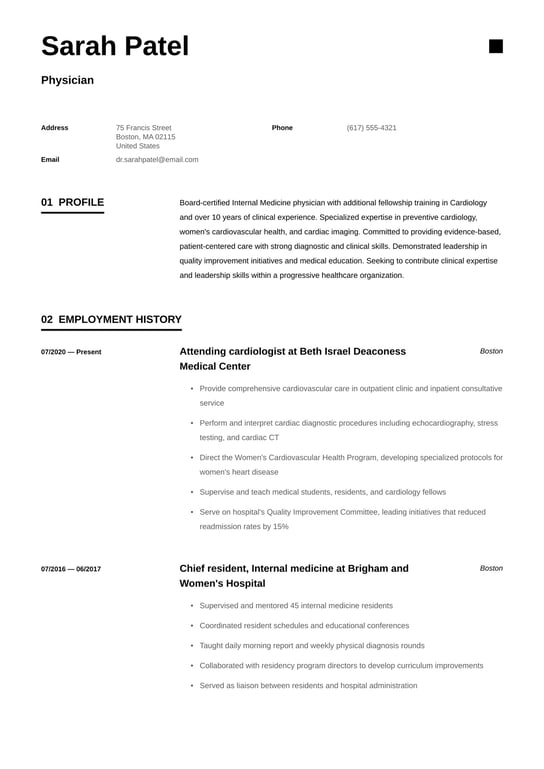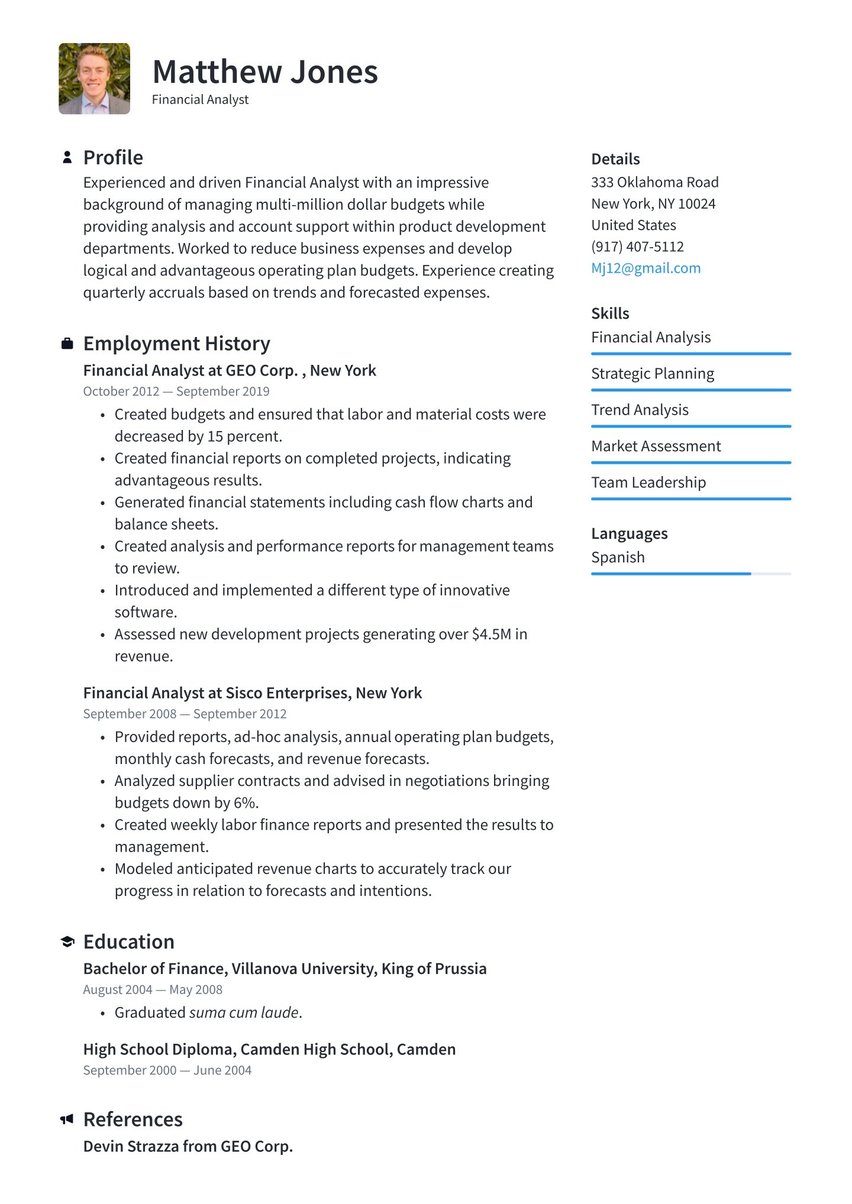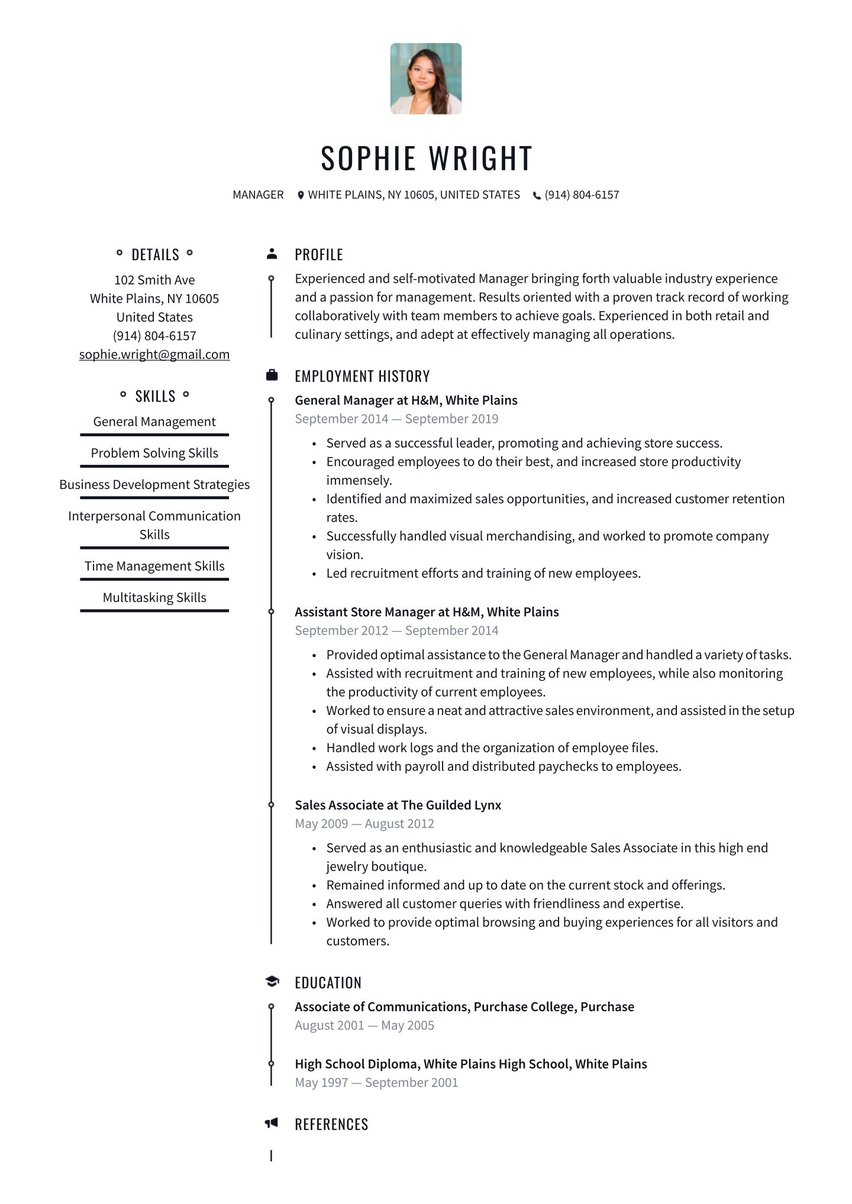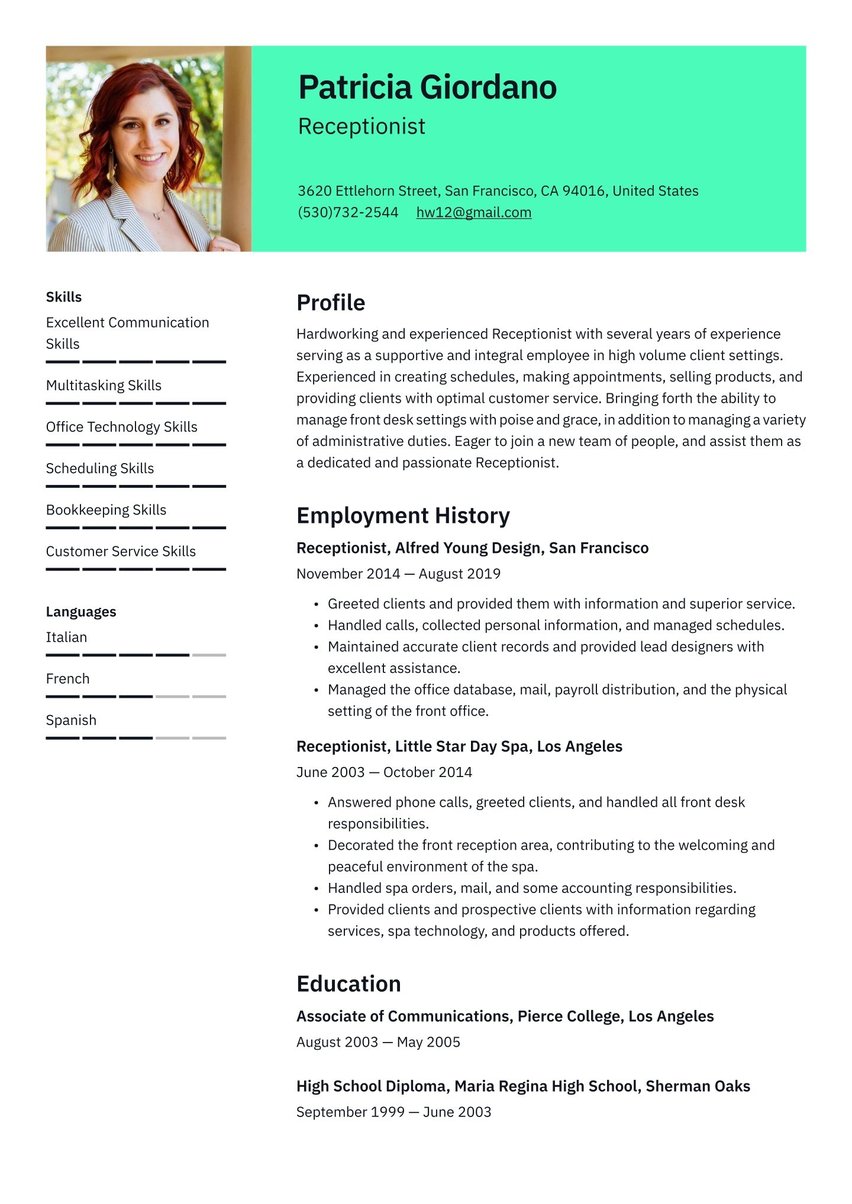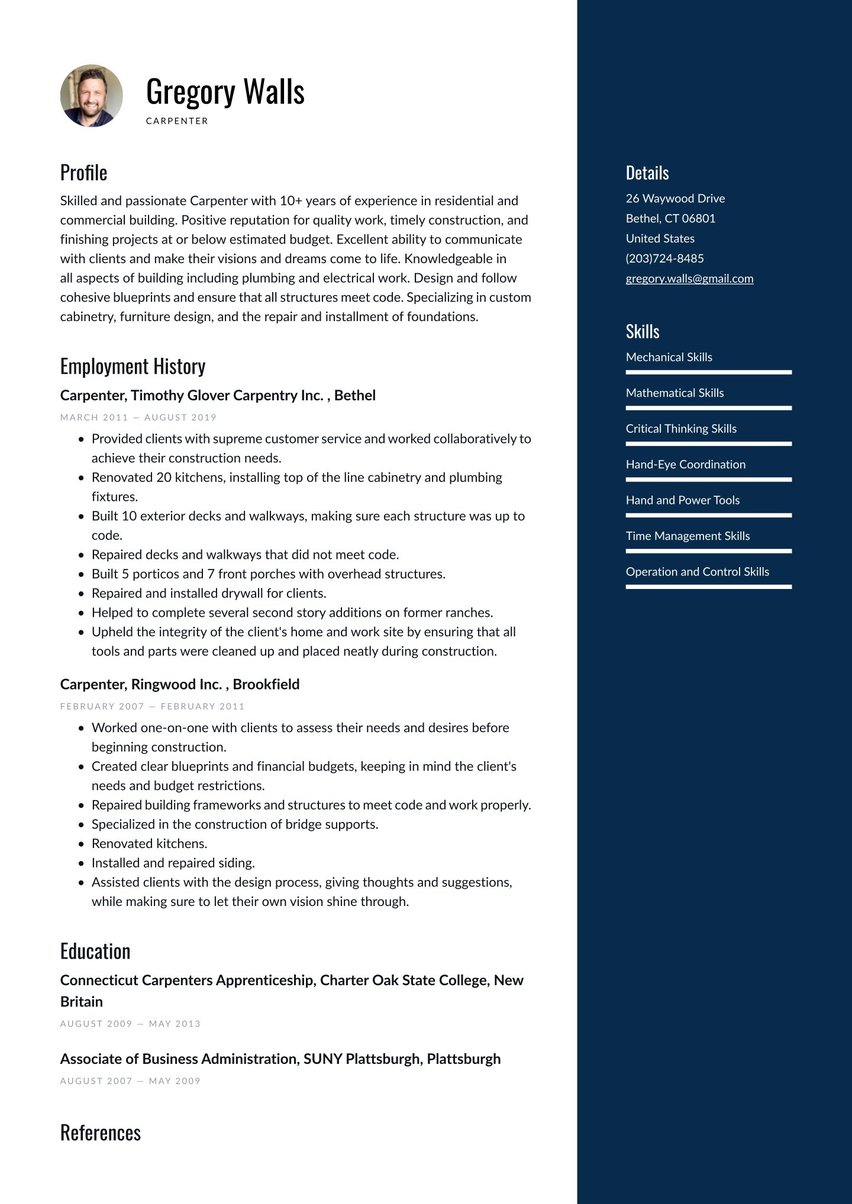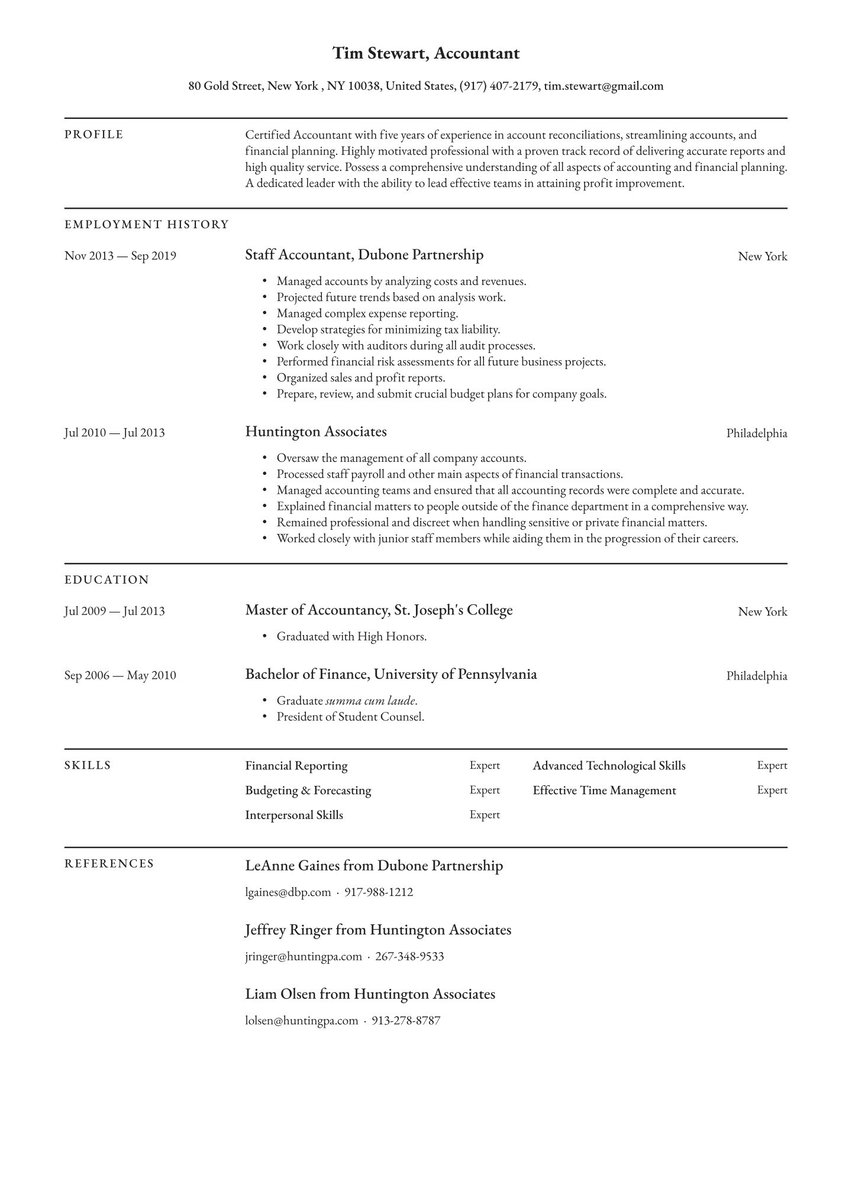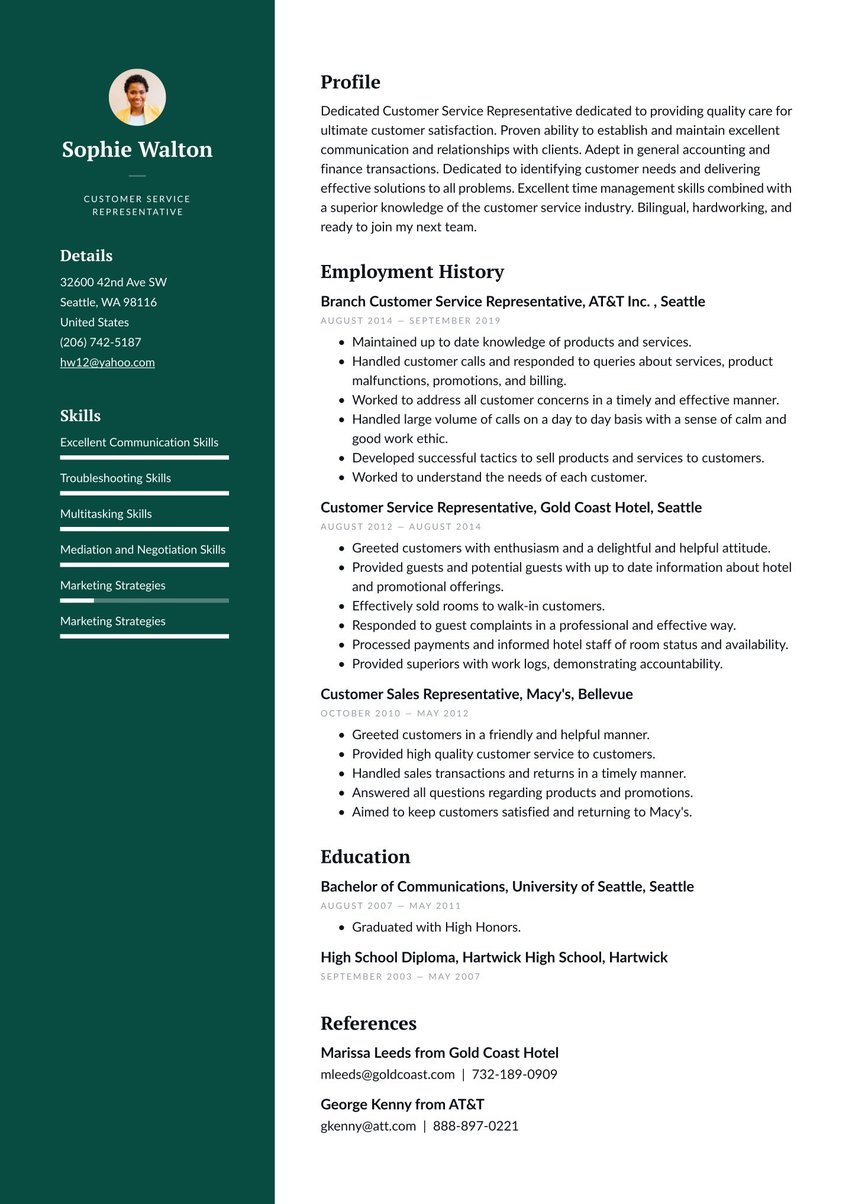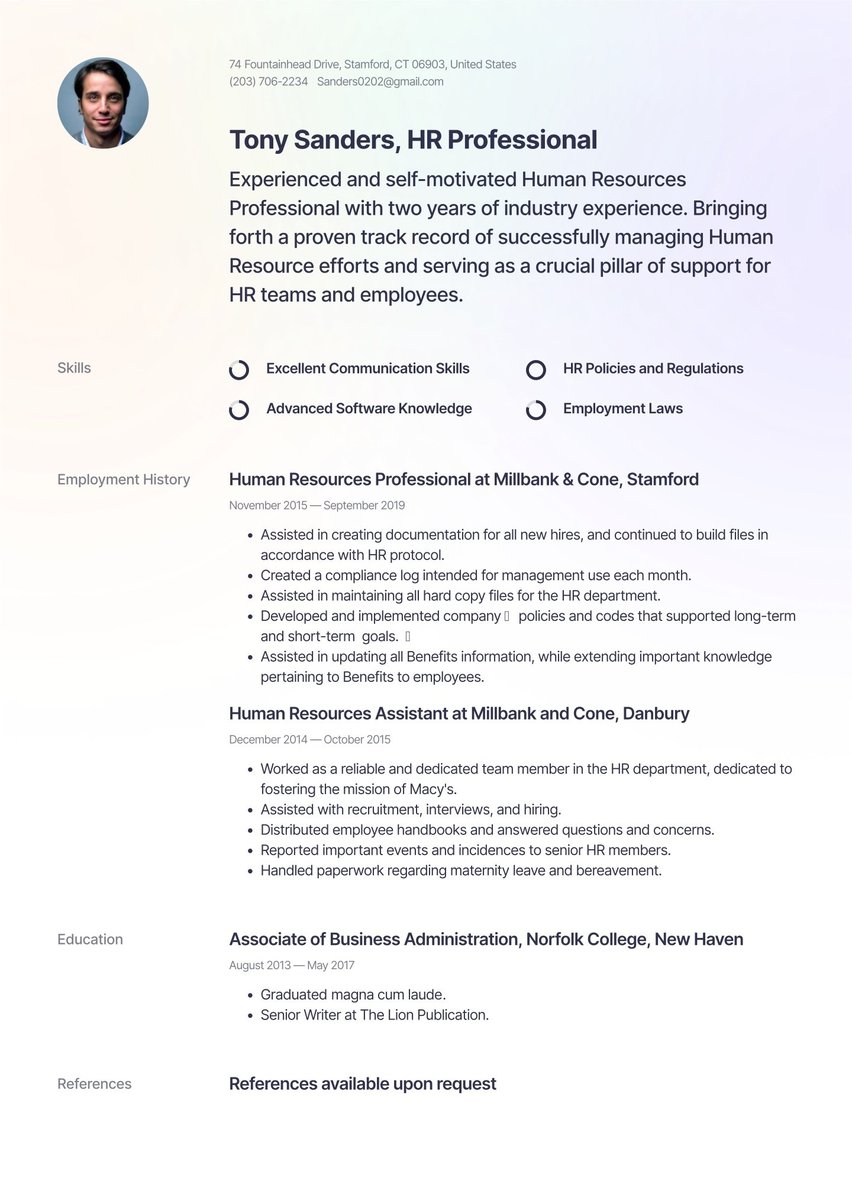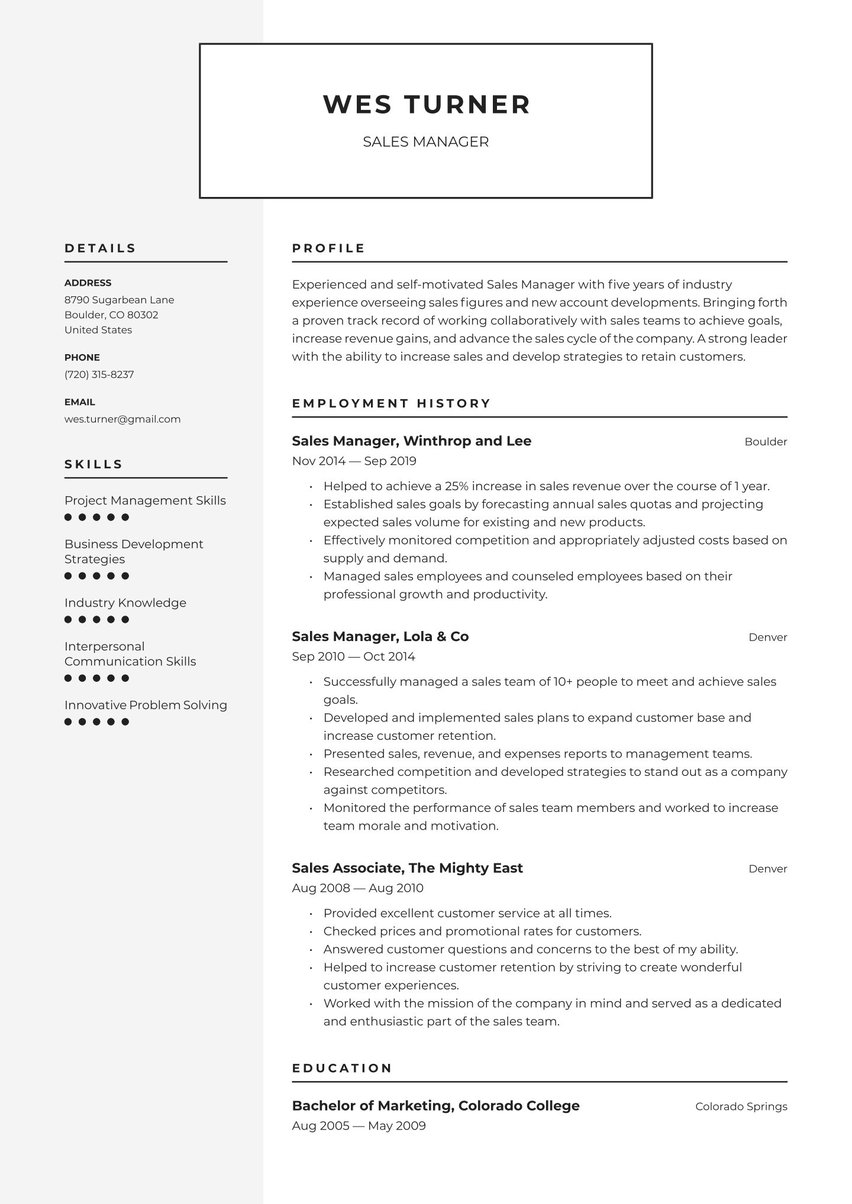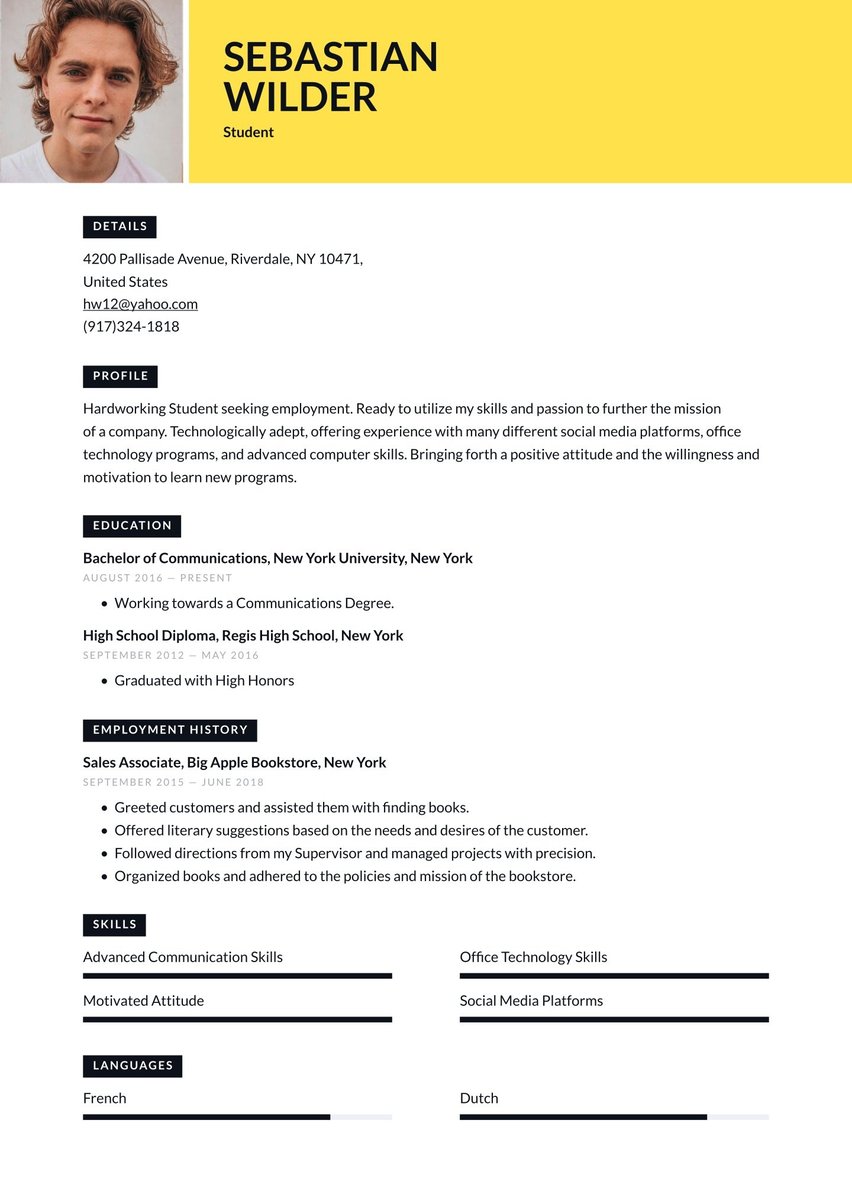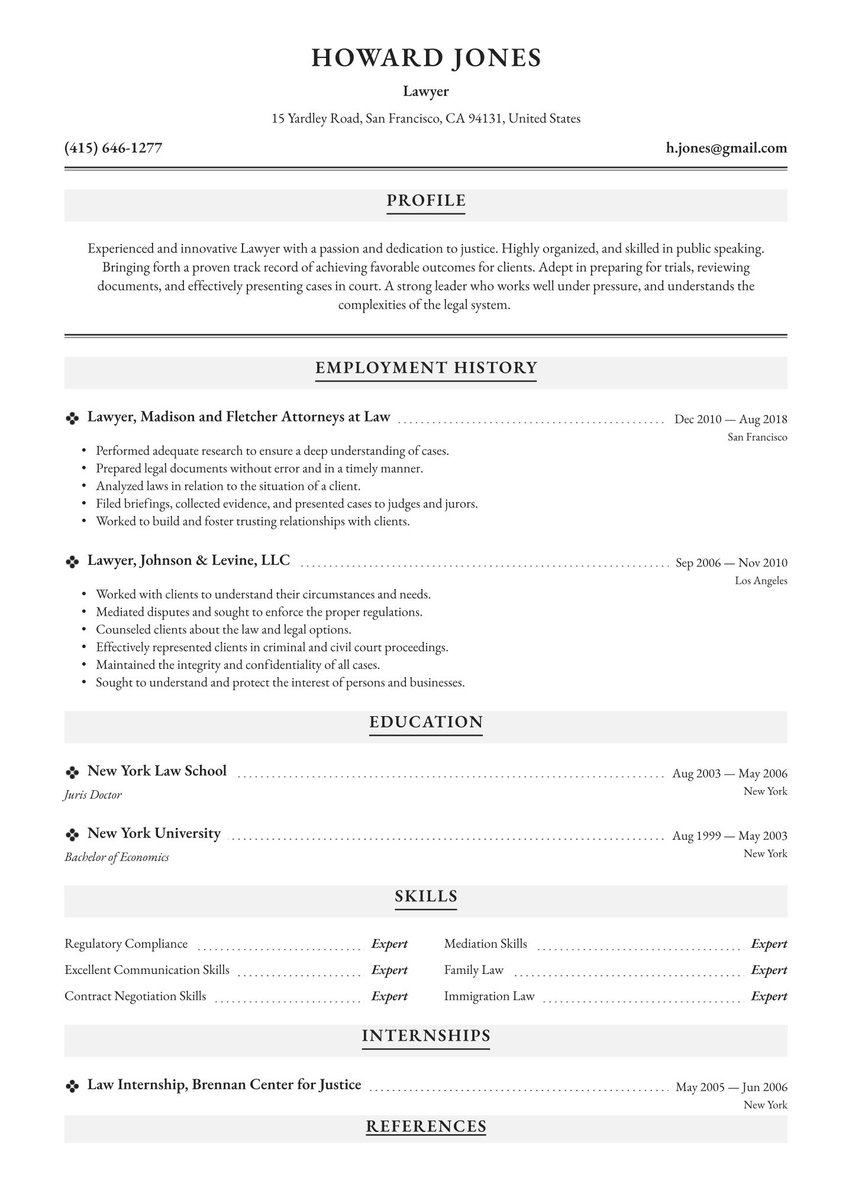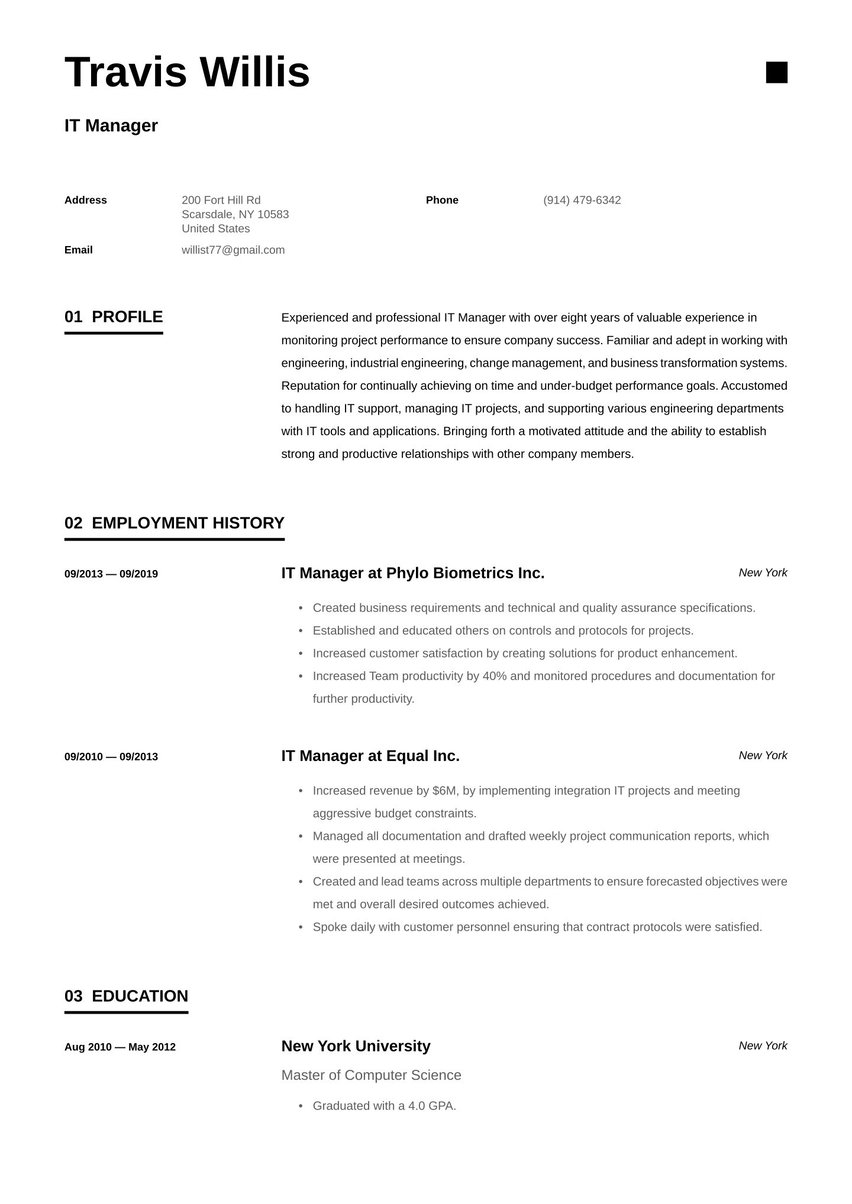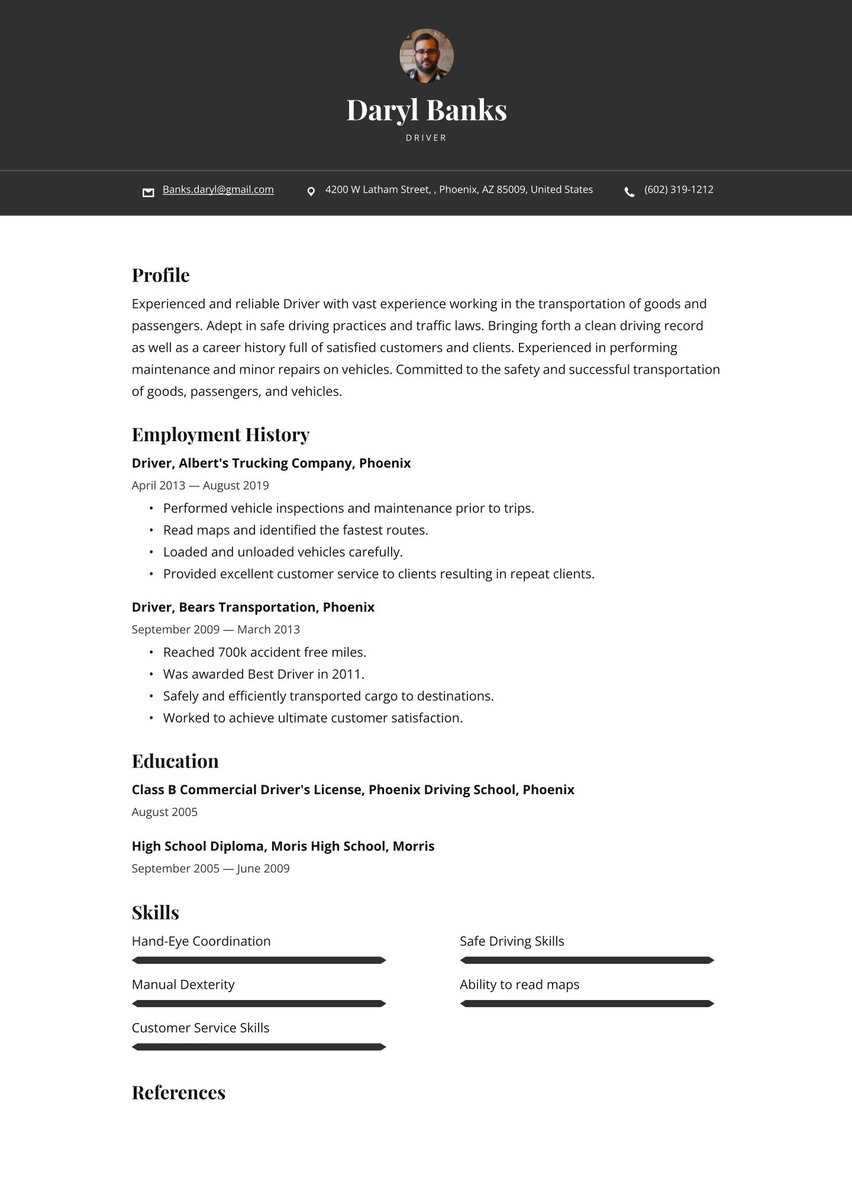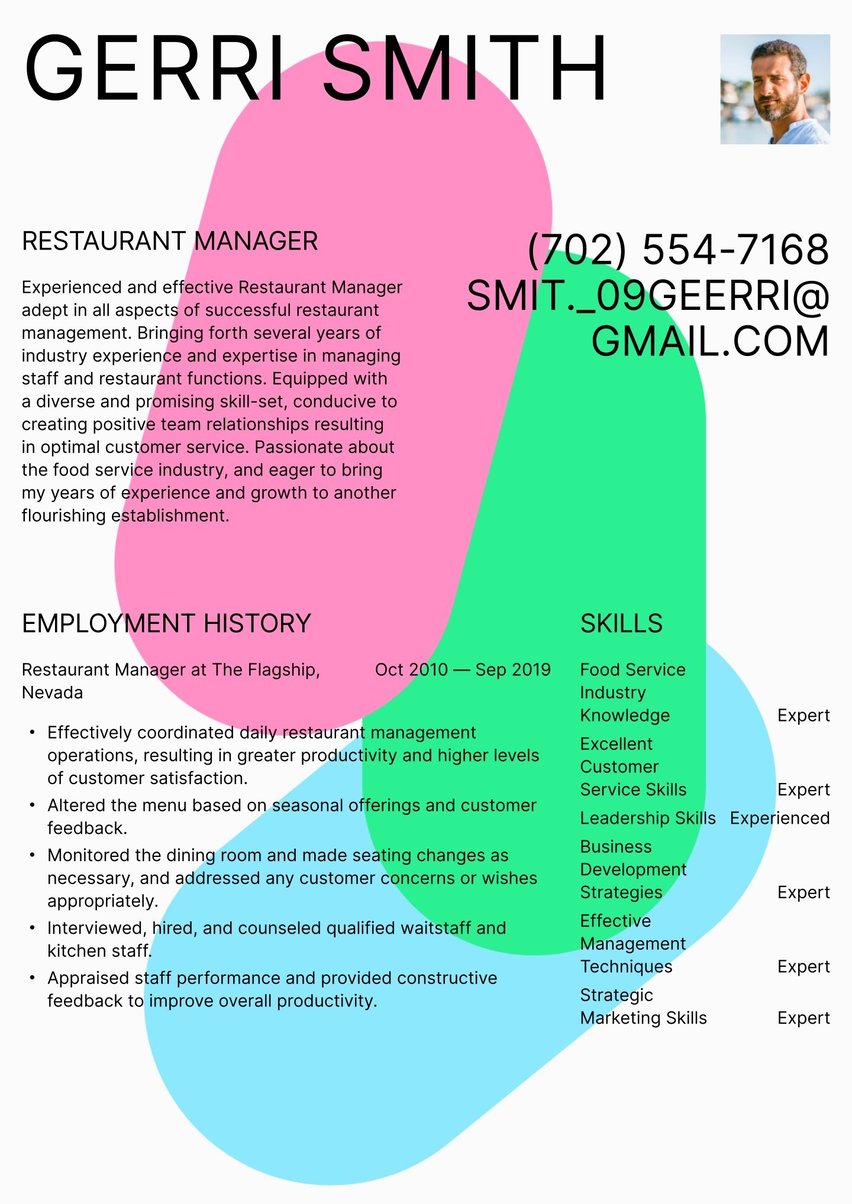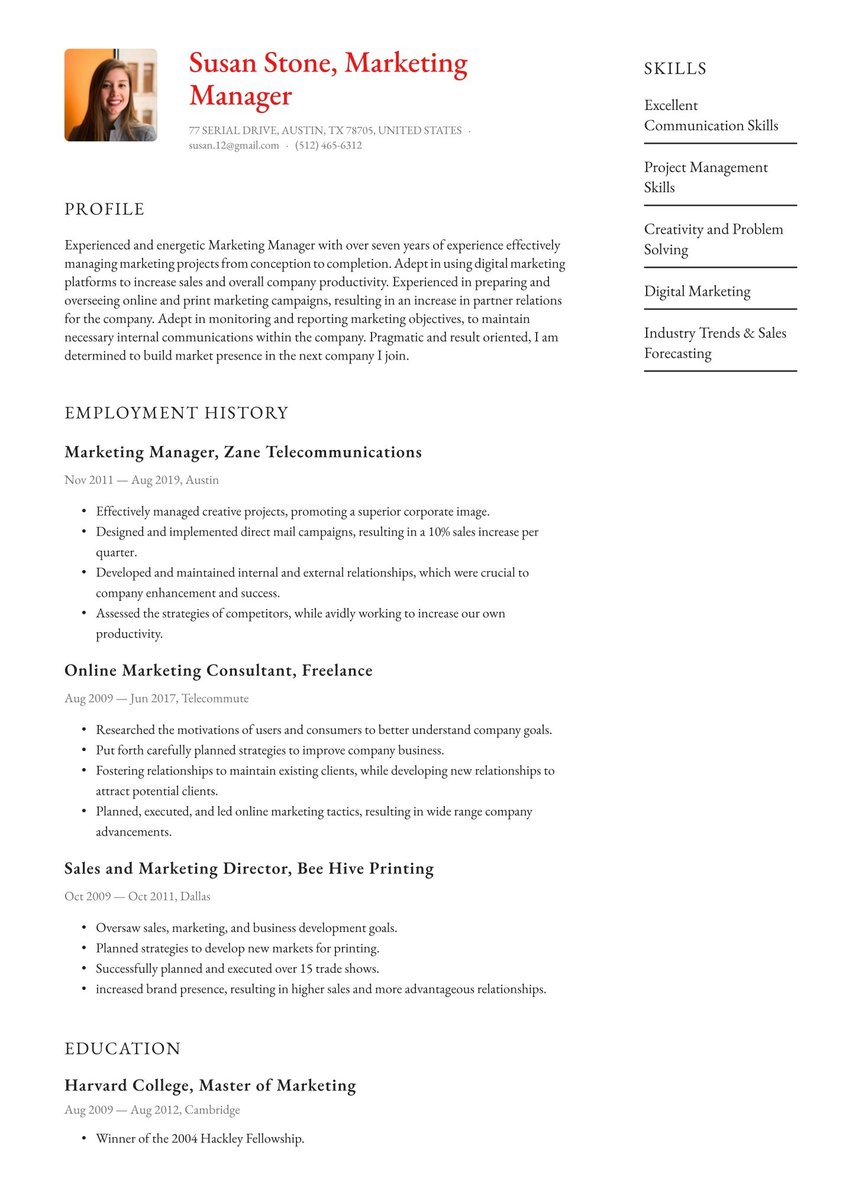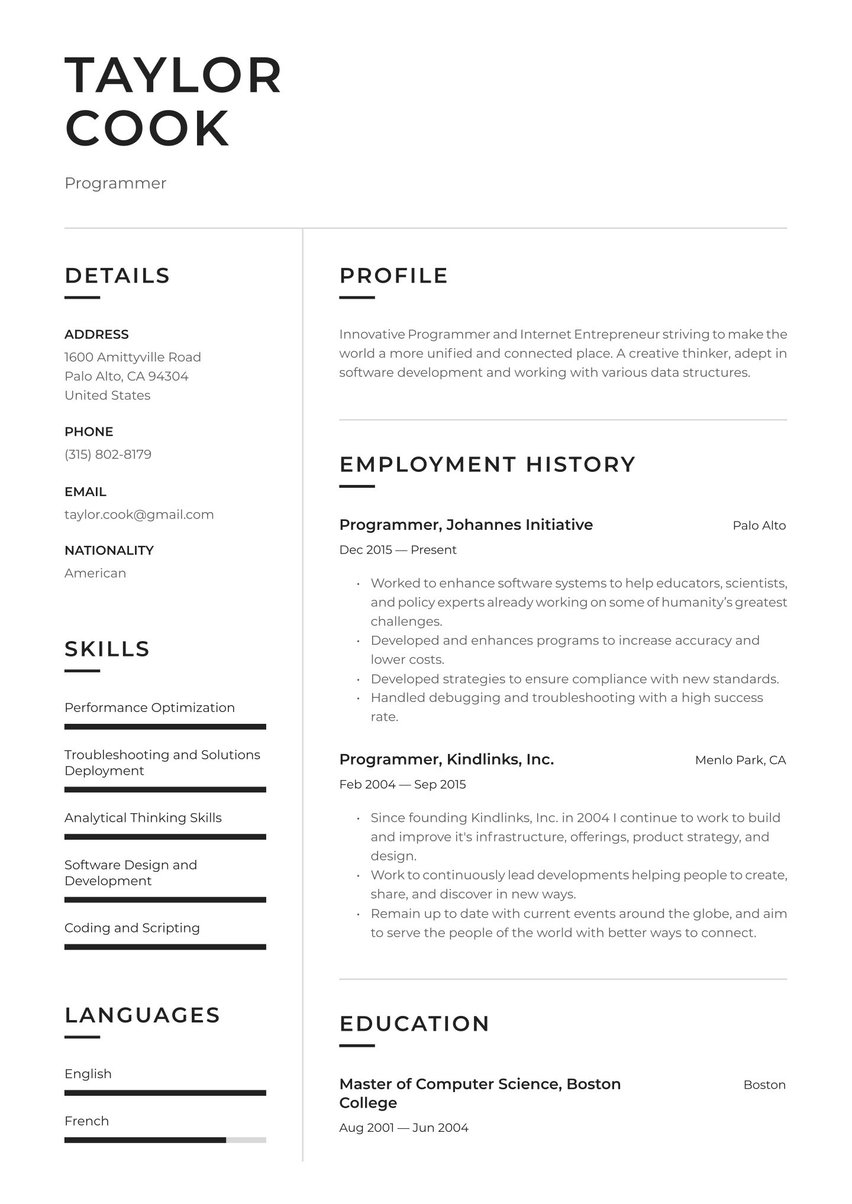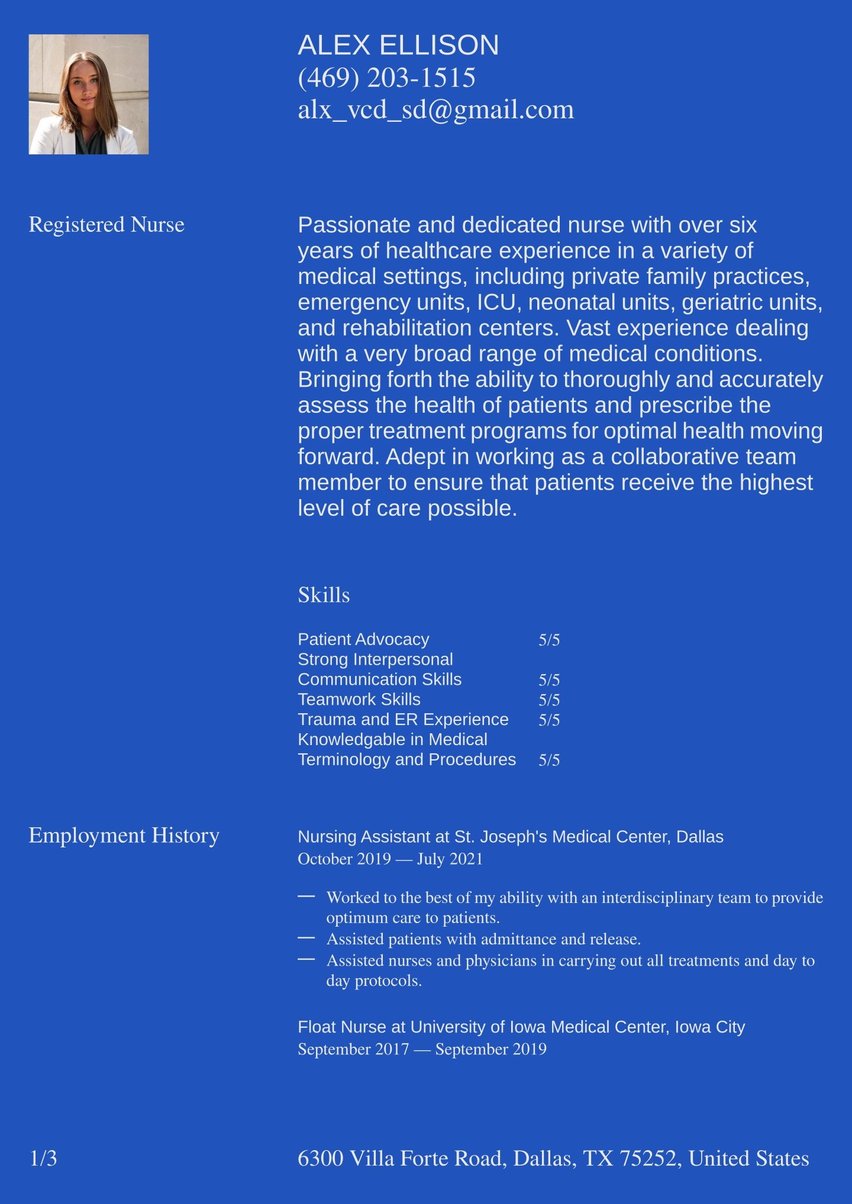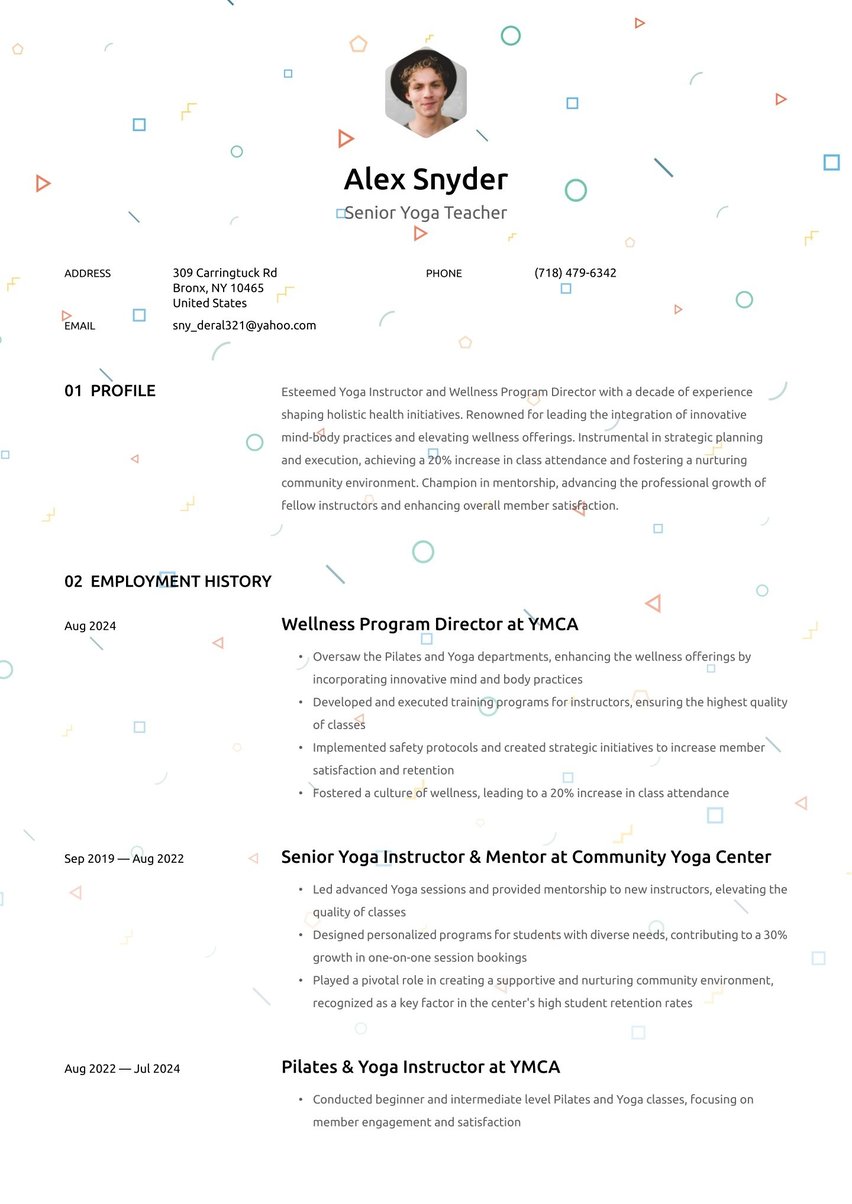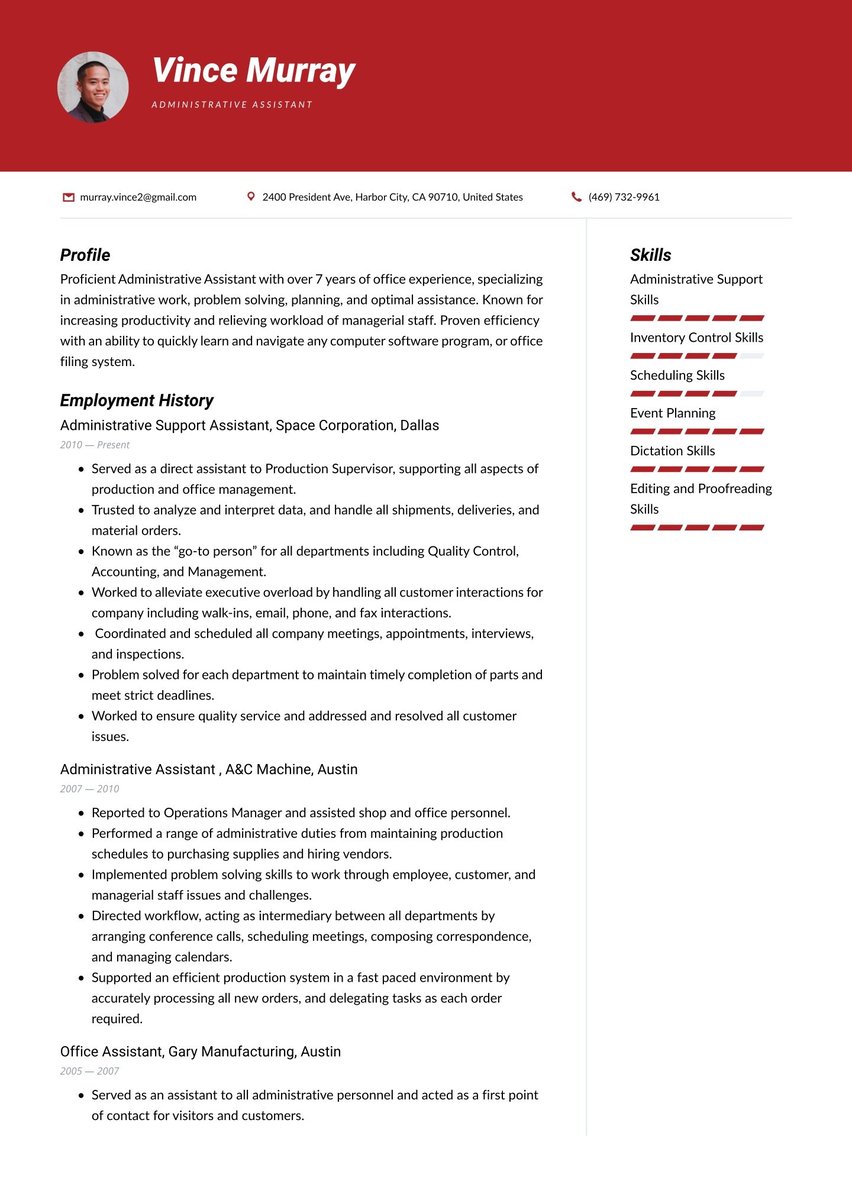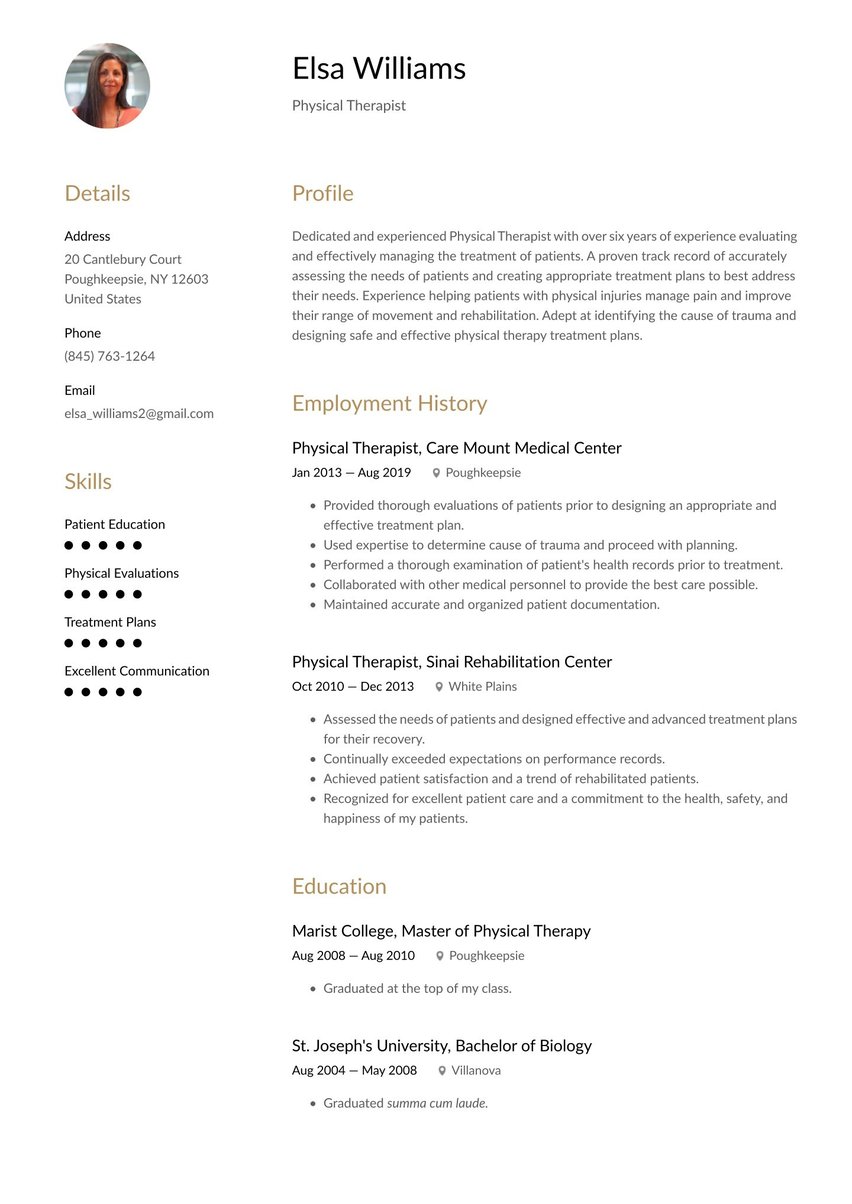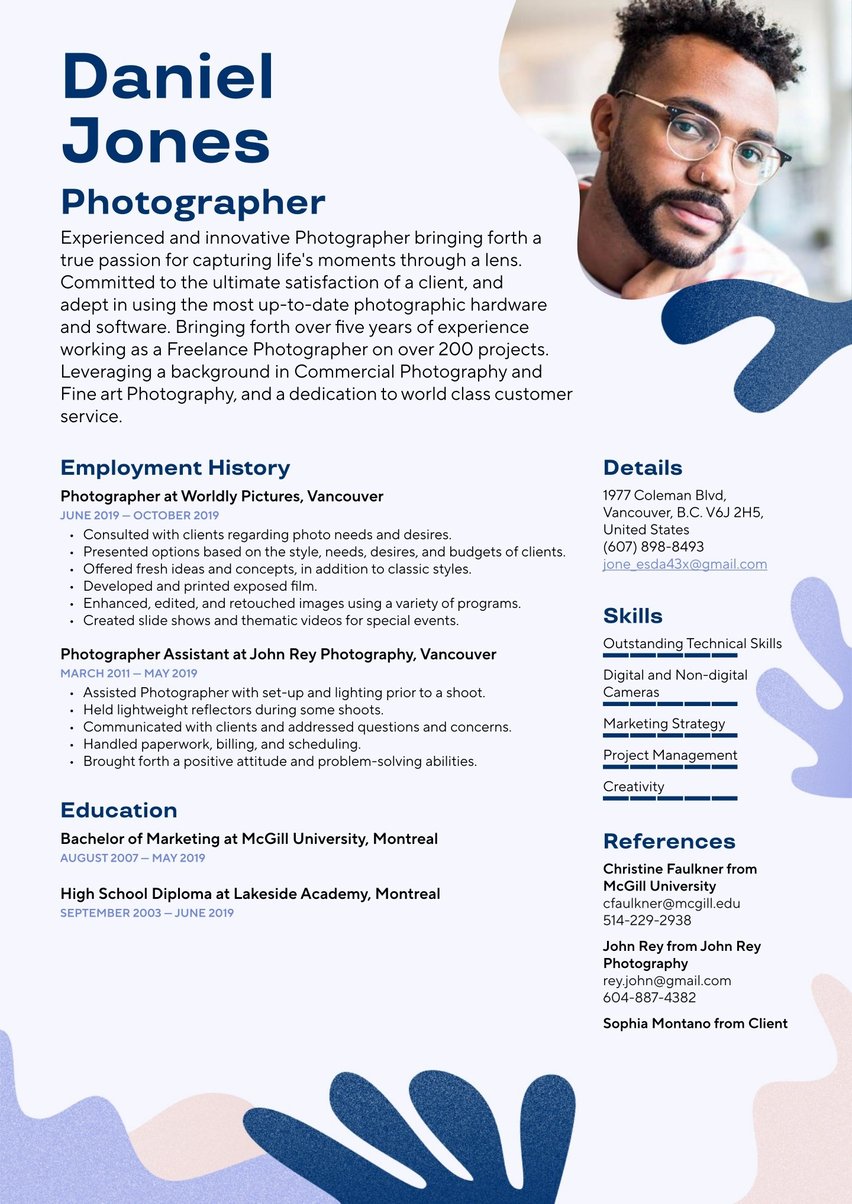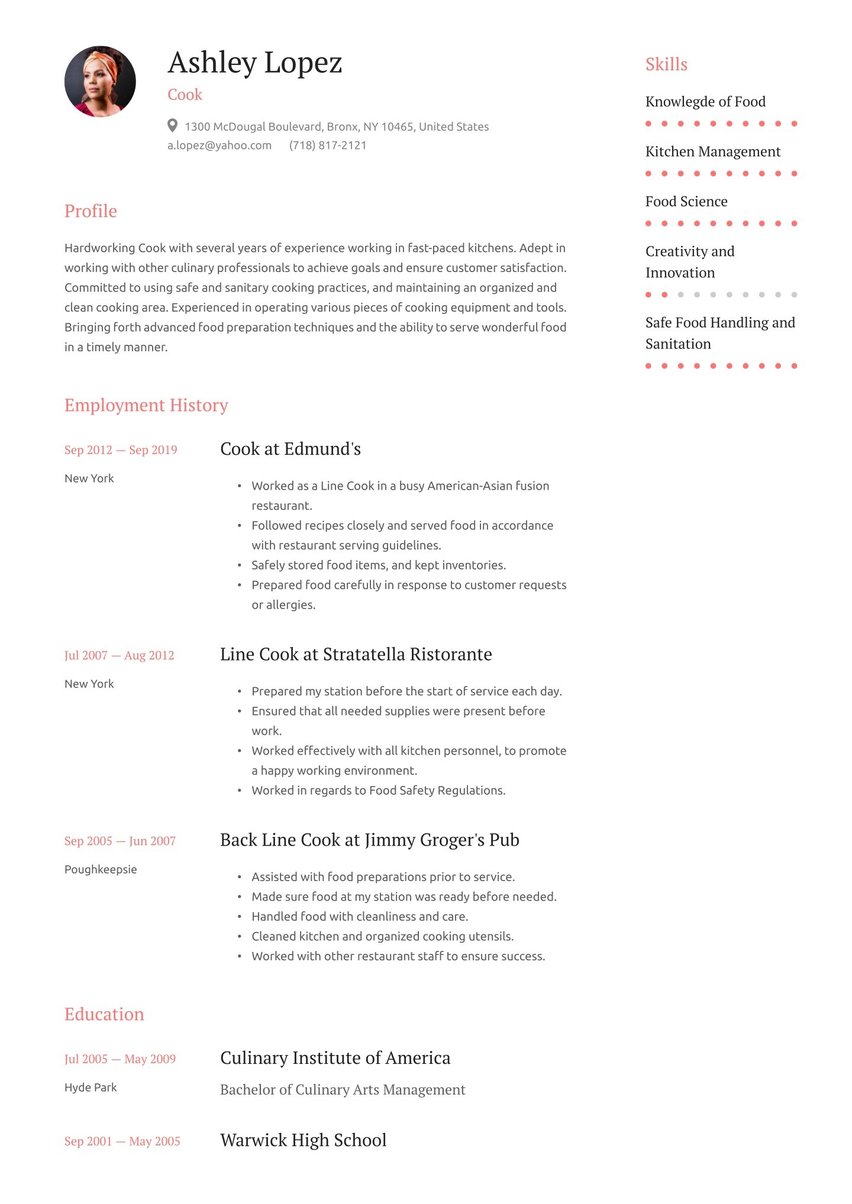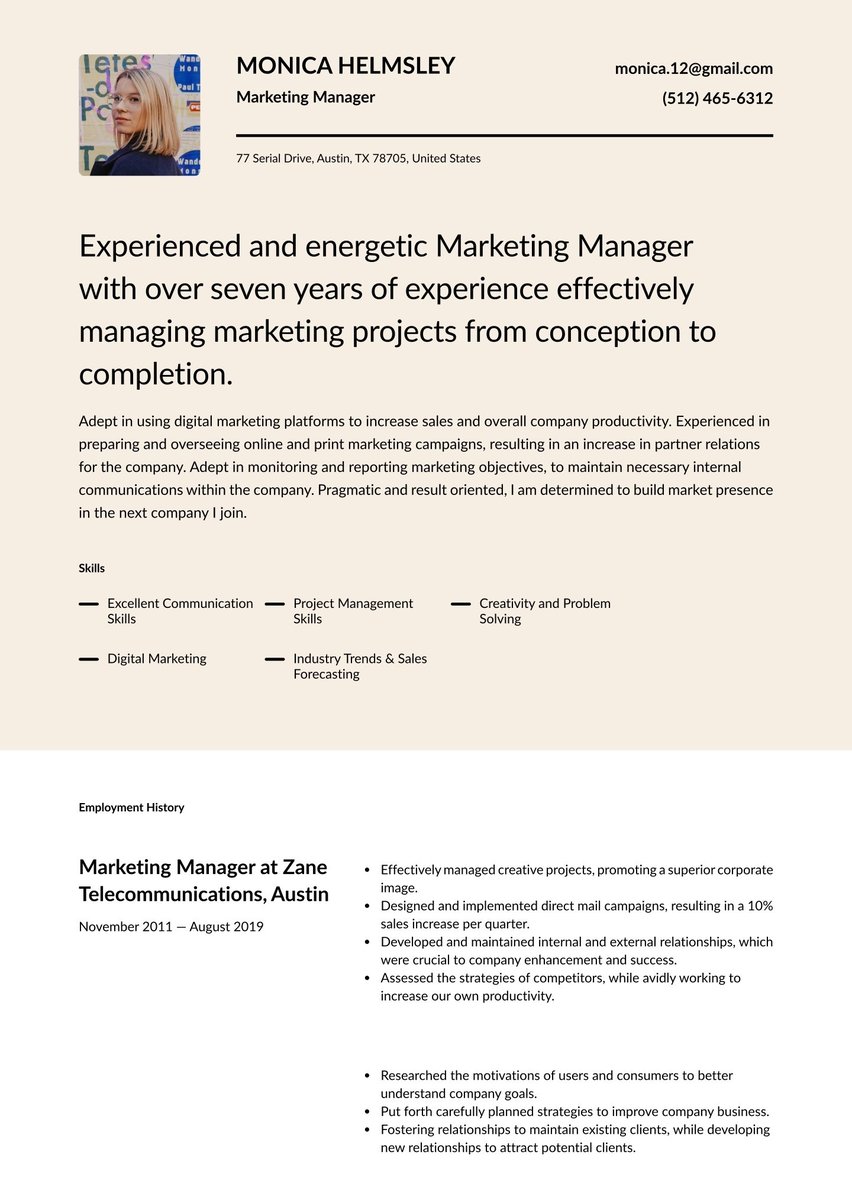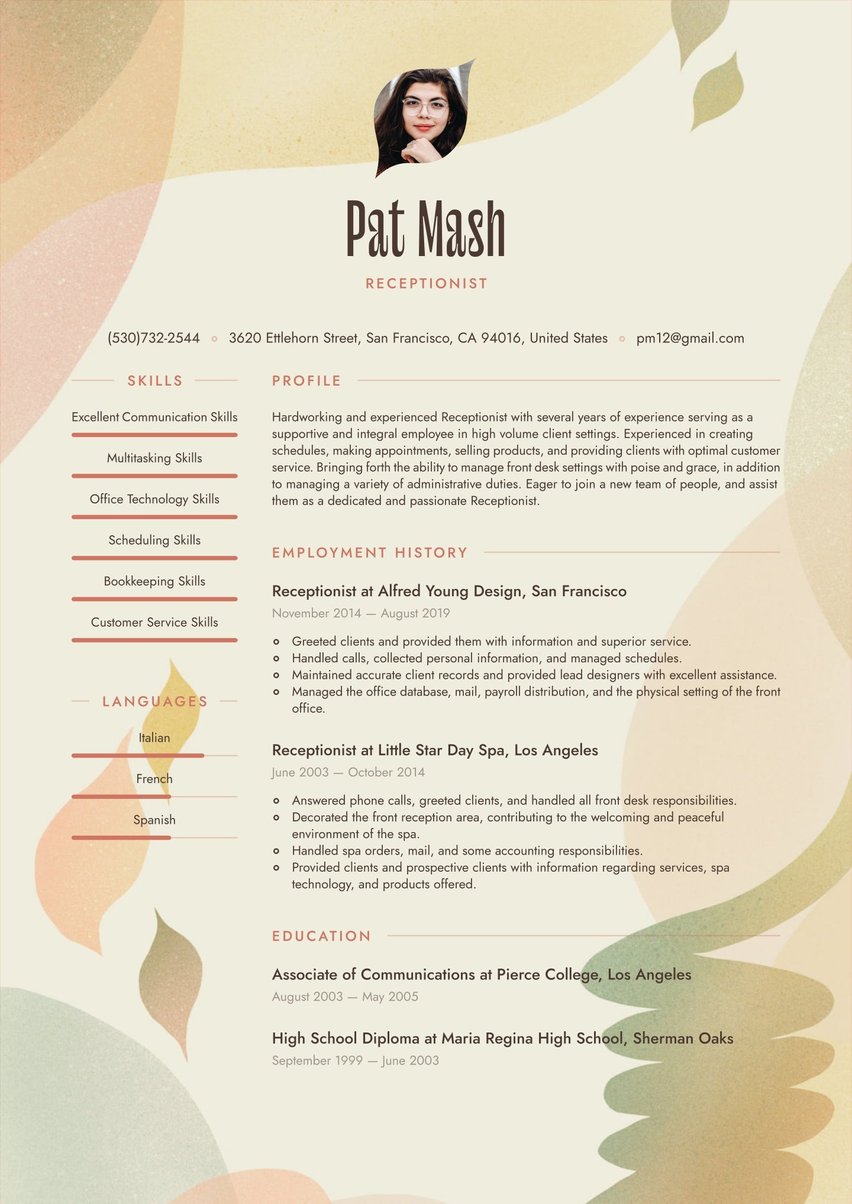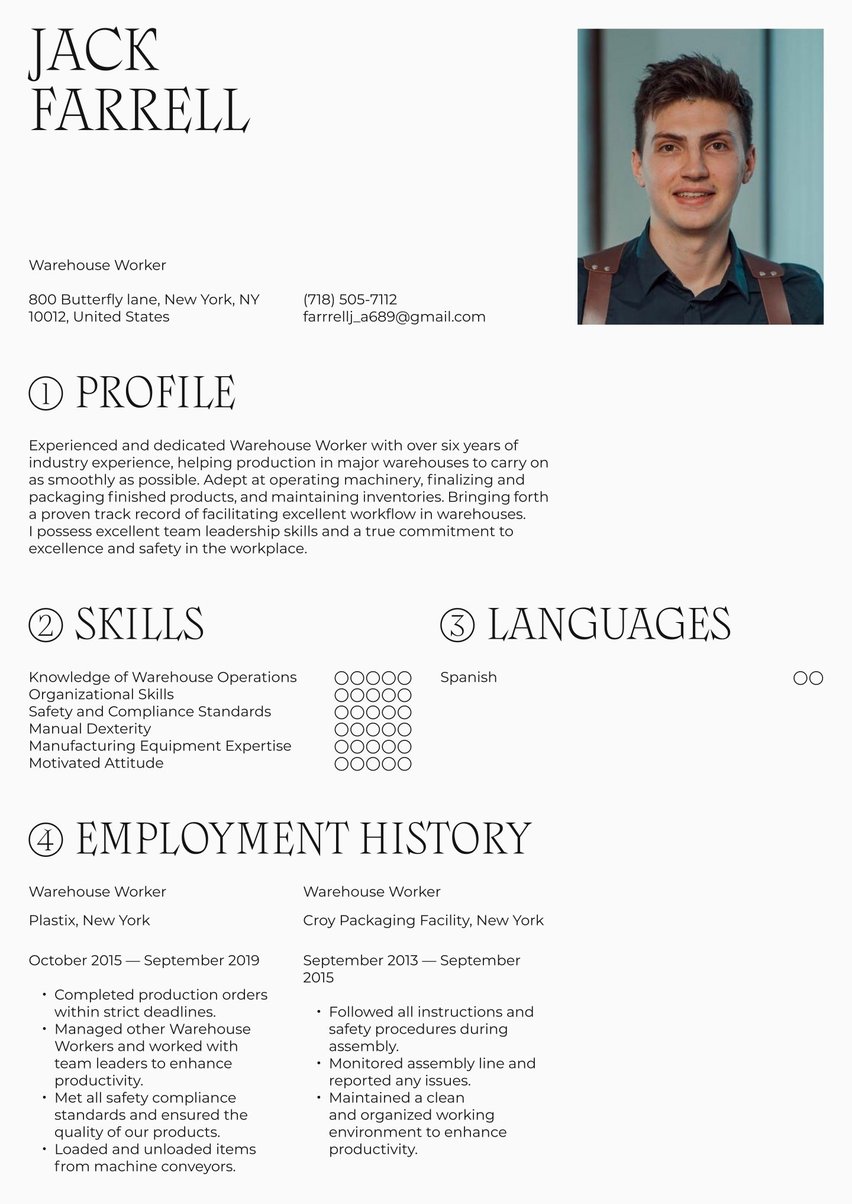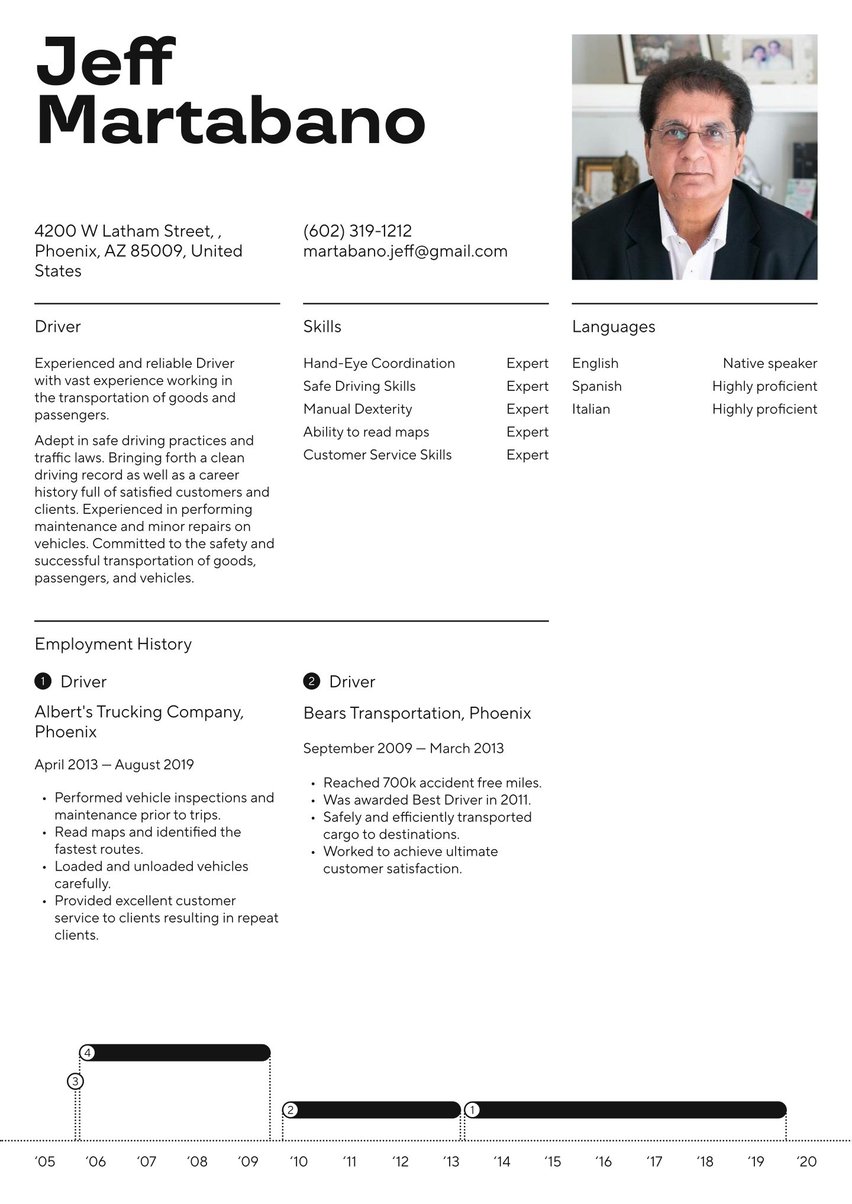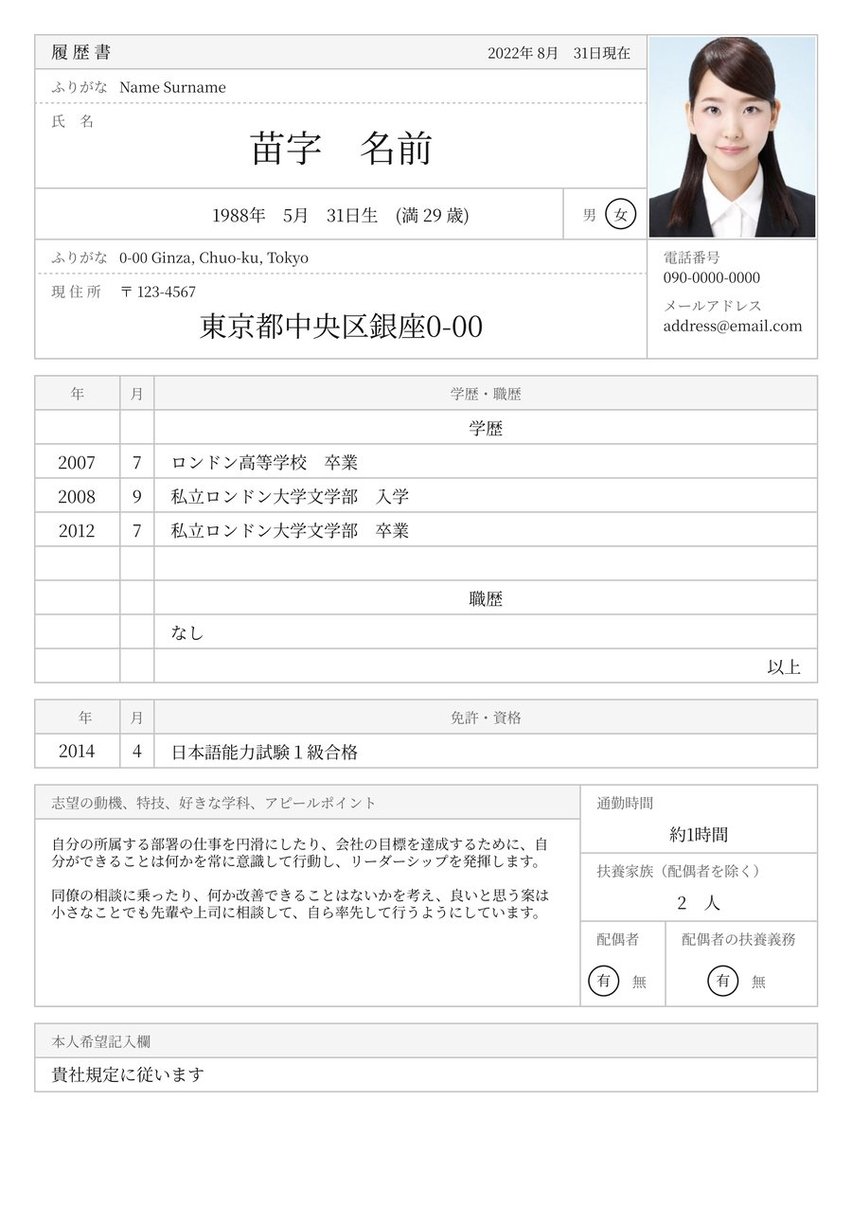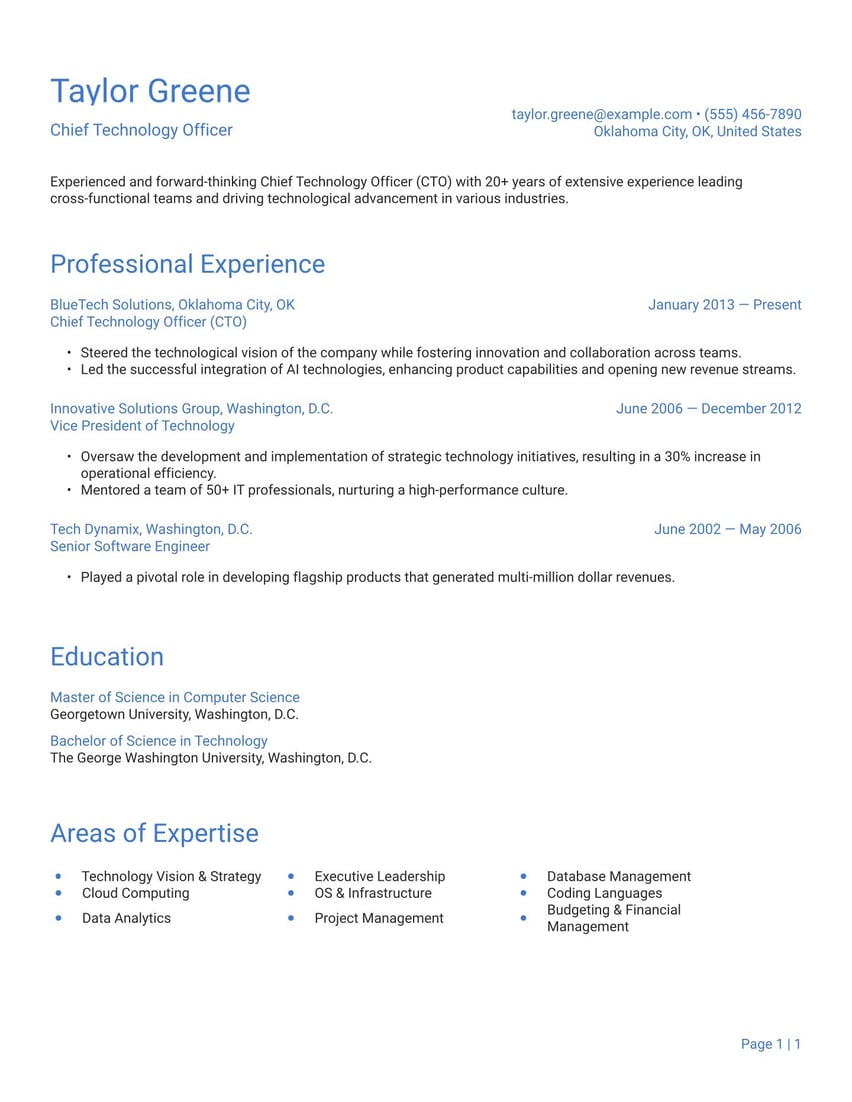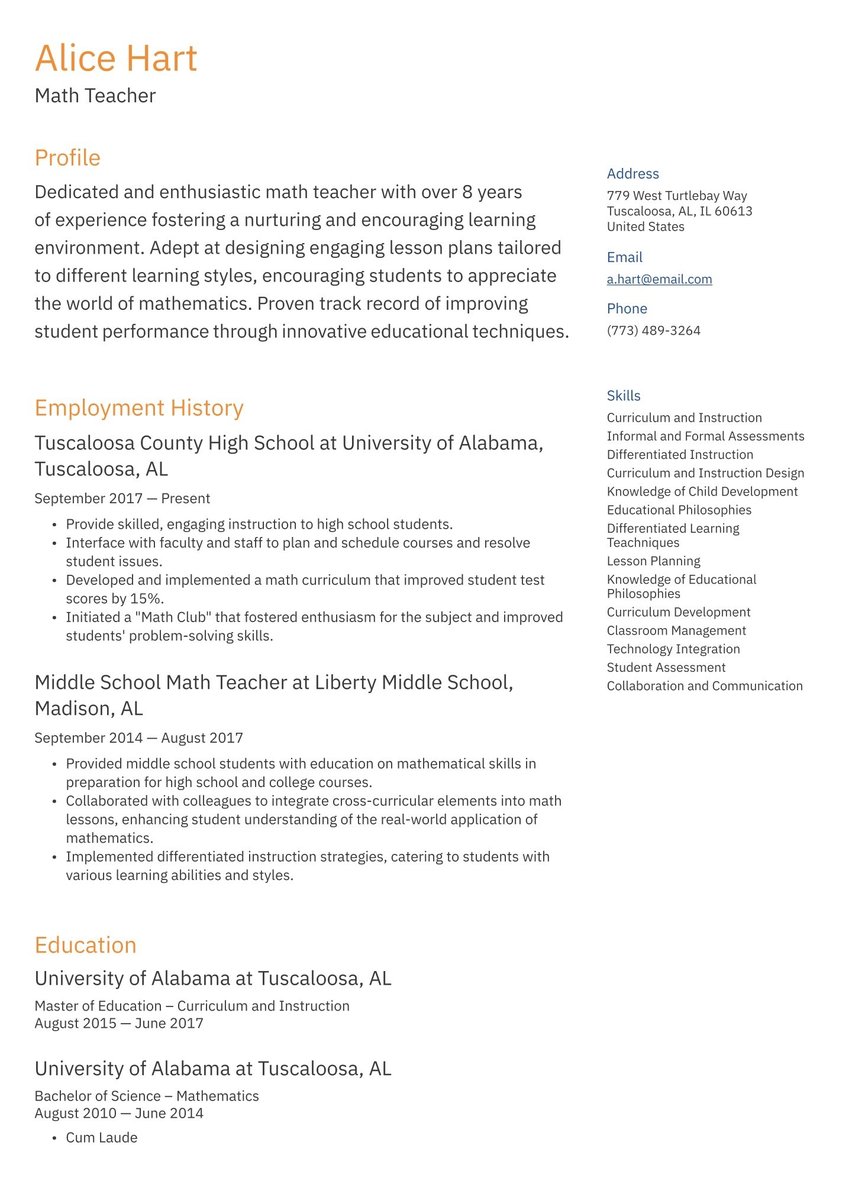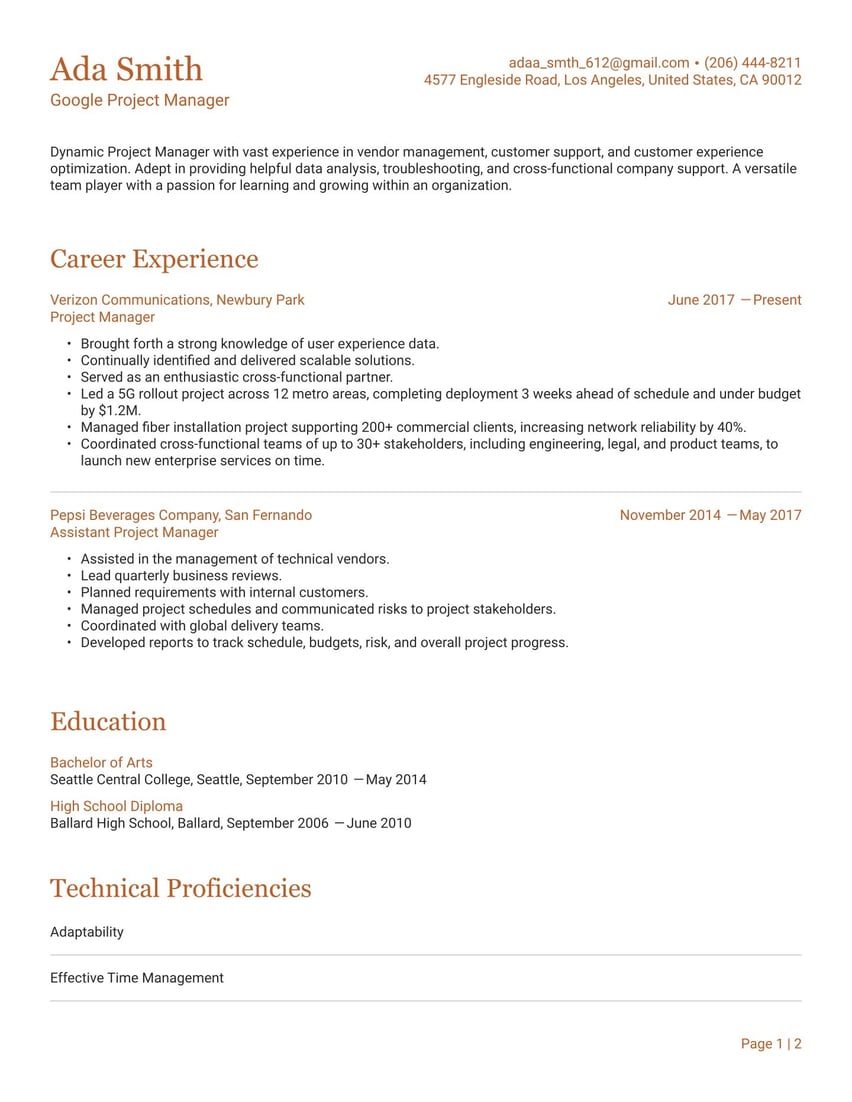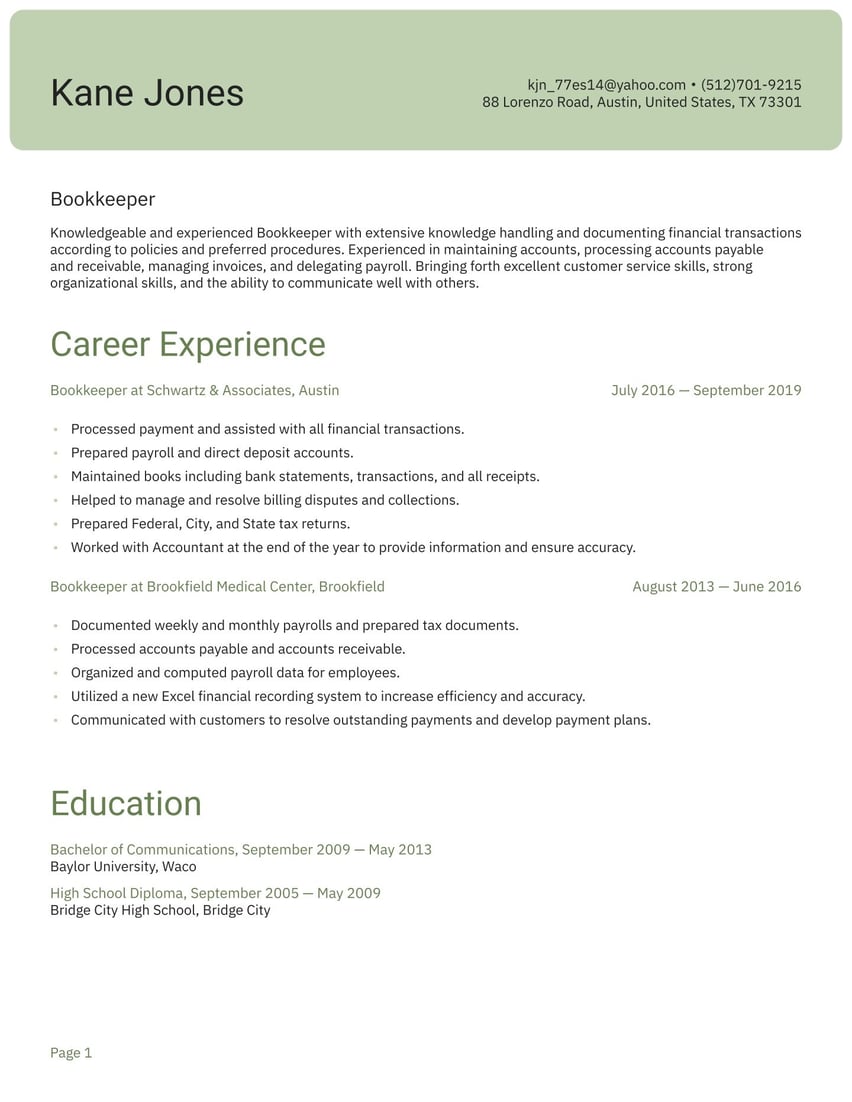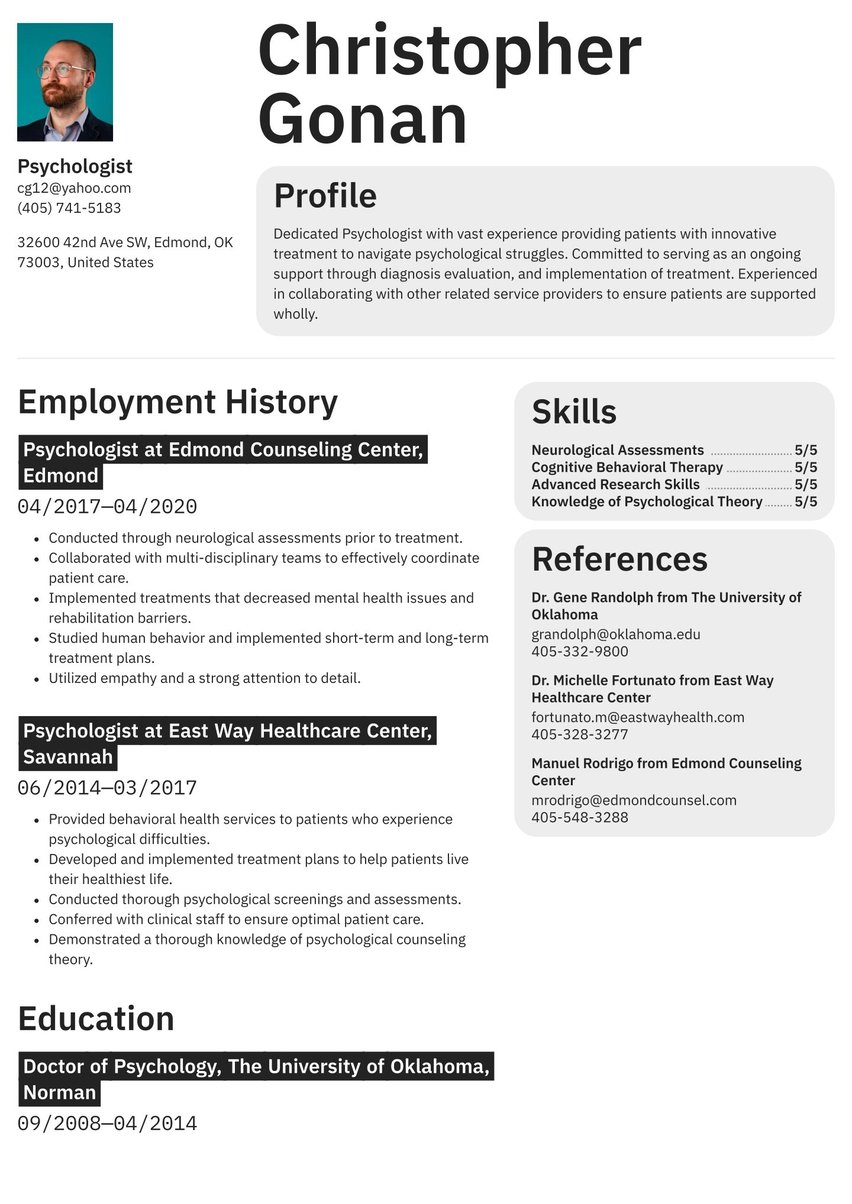Board-certified Internal Medicine physician with additional fellowship training in Cardiology and over 10 years of clinical experience. Specialized expertise in preventive cardiology, women's cardiovascular health, and cardiac imaging. Committed to providing evidence-based, patient-centered care with strong diagnostic and clinical skills. Demonstrated leadership in quality improvement initiatives and medical education. Seeking to contribute clinical expertise and leadership skills within a progressive healthcare organization.
07/2020 - present, Attending cardiologist, Beth Israel Deaconess Medical Center , Boston
Provide comprehensive cardiovascular care in outpatient clinic and inpatient consultative service
Perform and interpret cardiac diagnostic procedures including echocardiography, stress testing, and cardiac CT
Direct the Women's Cardiovascular Health Program, developing specialized protocols for women's heart disease
Supervise and teach medical students, residents, and cardiology fellows
Serve on hospital's Quality Improvement Committee, leading initiatives that reduced readmission rates by 15%
07/2016 - 06/2017, Chief resident, Internal medicine, Brigham and Women's Hospital, Boston
Supervised and mentored 45 internal medicine residents
Coordinated resident schedules and educational conferences
Taught daily morning report and weekly physical diagnosis rounds
Collaborated with residency program directors to develop curriculum improvements
Served as liaison between residents and hospital administration
06/2013 - 05/2014, Clinical research fellow, University of Pennsylvania Cardiovascular Institute, Philadelphia
Conducted research on novel biomarkers for early detection of cardiac ischemia
Designed and implemented clinical research protocols
Analyzed data and presented findings at American Heart Association Scientific Sessions
07/2017 - 06/2020, Cardiology fellowshop, Massachusetts General Hospital/Harvard Medical School , Boston
07/2014 - 06/2017, Internal medicine residency, Brigham and Women's Hospital/Harvard Medical School, Boston
Chief Resident, 2016-2017
08/2010 - 05/2014, Doctor of Medicine (MD), University of Pennsylvania School of Medicine, Philadelphia
Honors in Medicine, Surgery, and Pathology
08/2006 - 05/2010, Bachelor of science, Biochemistry, Duke University, Durham
Summa Cum Laude, Phi Beta Kappa
- Echocardiography (TTE
- TEE)
- Stress testing
- Preventive cardiology
- Cardiac CT interpretation
When you’re looking for your next physician job, you need a resume that charts your career in a powerful, persuasive way. By the time a hiring manager finishes reading your resume, they should be convinced that you’re a physician they need to interview.
A successful physician resume lists your medical credentials and qualifications, but also shows your impact on patients, team members, and organizations. It should highlight the dedication and expertise you bring to the role, setting you apart from other candidates with more generic or vague resumes.
We’ll show you how to craft a physician resume that showcases your unique value, clinical strengths, and passion for patient care. With an impressive resume working in your favor, you’ll be scrubbing in at your next job sooner than you think.
Guide for a physician resume example
Resume.io is here for every stage of your medical career. We offer resume examples and guides for over 500 professions, and make it easy to create a professional resume with our advanced resume builder.
In this resume guide, along with our physician resume example, we’ll discuss these topics:
- How to write a physician resume
- Choosing the best format for a physician resume
- How to include your contact information
- Writing a professional summary
- Highlighting your medical experience
- How to list your education and skills
- Selecting the best resume design and layout
- What the physician job market and expected salary look like
How to write a physician resume
Your physician resume should showcase your credentials, clinical experience, and specialized skills. At a minimum, it should contain these sections:
- A resume header
- A resume summary or profile
- An employment history section
- A resume skills section
- An education section
If you have other relevant qualifications, such as clinical awards or published medical research, you can add those in additional resume sections.
Your physician resume should show prospective employers and hiring teams how you’ve made a difference in other healthcare organizations. It should highlight your impact on patient outcomes, leadership on care teams, and dedication to delivering exceptional care
Use these tips to help your physician resume stand out from the crowd:
- Tailor your resume to the role. Just as no two patients are the same, no two physician roles are the same. Customize your resume to the job and employer. Highlight your skills with the facility’s technology or discuss similar values you share with the organization.
- Highlight achievements, not tasks. Your resume shouldn’t list every small task you completed in a past job. Prioritize your notable accomplishments to show your value as a physician and differentiate your resume from others.
- Include quantifiable data. Throughout your resume, share quantifiable data related to your preview work. For example, you can mention patient volumes, reduced wait times, or improved treatment outcomes. These metrics provide employers with a better understanding of your experience.
- Keep the ATS in mind. Many clinics, hospitals, and other healthcare organizations use applicant tracking system (ATS) software to screen and rank candidates. Include keywords on your resume and use an ATS-optimized template, like the ones available in our resume builder.
Master the ATS
If you want your resume to get into a recruiter’s hands, you may need to get past an ATS first. To do this, your resume needs to include relevant keywords from the job description.
For example, consider these keywords from a physician job description:
- Board certified
- EHR proficiency
- Patient-centered care
- Treatment planning
If you’re applying for this job, you can include those keywords in your professional summary. Here’s how that might look on your resume:
Board-certified internal medicine physician with over five years of clinical experience delivering patient-centered care in outpatient settings. Proficient in EHR systems and collaborative treatment planning with multidisciplinary teams.
Want to learn more about mastering the ATS? Read our article on resume ATS optimization.
Choosing the right format for a physician resume
Your physician resume should reflect the same qualities you bring to your work: competence, clarity, and professionalism. Choose the best resume format to highlight your clinical skills and medical experience.
For most physicians, a reverse-chronological format will be the right choice. This resume format outlines your work history in reverse order, starting with your most recent position and working backward through your career. Use this format if you want to show your clinical experience and career progression, such as promotions to leadership positions.
If you’re beginning your career or returning to medicine after a break, another resume format may work better. Choose a functional resume format if you want to highlight your education and skills more than your work experience.
A combination, or hybrid, resume can also be effective for some physicians. This format combines the reverse-chronological and functional resumes. It can be helpful to minimize any employment gaps in your medical career.
Not sure which format to choose? Take a look at the different resume templates we offer in our resume builder. You can also view our resume examples to see what each format looks like.
Include your contact information
When you introduce yourself to a new patient, you want to make a good impression. Your resume header should achieve the same. Present your contact information clearly and professionally at the top of your physician resume.
Include these elements in your resume header:
- Full name and title. Write your full name, credentials, and title, such as “Dr. Lindsey Smith, Emergency Medicine Physician.”
- Professional email address. Provide an email address with a professional format, like firstname.lastname@email.com.
- Phone number. Give a reliable phone number and don’t forget to record a simple outgoing voicemail message.
- Location. Your resume only needs to include your city and state. If you’re looking to move for a new job, write “ Willing to relocate.”
- LinkedIn. You can provide a link to your LinkedIn profile if it’s current and shows your relevant experience, research, or publications.
Don’t include these elements:
- Date of birth. Including your age or date of birth can lead to potential age discrimination.
- Personal details. You don’t need to provide personal details, like your driver’s license number or your marital status.
- Photo. There’s no need for a headshot or photo on a physician resume.
Dr. Trent McWilliams
Primary Care Physician
t.mcwilliams@email.com
(403) 555-1034
Detroit, MI
linkedin.com/twilliams
Trent McWilliams
average_golfer.0973@email.com
(403) 555-1034
140 Main Street, Detroit, MI
Married, two kids
Make use of a resume summary
Just as a good bedside manner can earn a patient’s trust, a well-written professional summary can establish an employer’s confidence in your skills and abilities. At the top of your physician resume, write a summary that proves you’re an applicant worth considering.
Your resume summary should be brief, around two to three sentences. Provide hiring managers with a snapshot of your medical qualifications and relevant skills, including your areas of specialization. Mention your proficiency with specific treatments, procedures, or technologies that can set you apart from other candidates.
Beyond your clinical expertise, your summary should show prospective employers the value you add to a healthcare team. Describe your commitment to patient care or your ongoing professional development. Use strong action verbs, like “developed,” “implemented,” or “diagnosed,” to discuss your career highlights and achievements.
Your summary should also focus on the unique strengths or attributes you have as a physician. For example, if you’re skilled in patient education or process improvements, explain how those abilities make you an asset to a healthcare team or facility.
Want more ideas for your professional summary? Check out these related resumes:
View these adaptable summaries from physician resume examples below:
Compassionate and driven physician with clinical training in hospital and outpatient settings. Skilled in conducting patient assessments and coordinating multidisciplinary care with other healthcare team members. Strong foundation in EHR systems, diagnostics, and treatment planning with a passion for delivering collaborative, patient-centered care.
Board-certified family medicine physician with over 6 years of experience managing acute and chronic conditions in primary care environments. Proven ability to build long-term patient relationships through compassionate communication, counseling, and education. Demonstrated record of improving health outcomes and streamlining care through team coordination and effective leadership.
Board-certified internal medicine physician with additional fellowship training in cardiology and over 10 years of clinical experience. Specialized expertise in preventive cardiology, women's cardiovascular health, and cardiac imaging. Committed to providing evidence-based, patient-centered care with strong diagnostic and clinical skills. Demonstrated leadership in quality improvement initiatives and medical education. Seeking to contribute clinical expertise and leadership skills within a progressive healthcare organization.
Outline your physician work experience: chart your career
Your employment history needs to convince a recruiter or hiring panel that you have the skills, qualifications, and experience to succeed in their organization. This part of your physician resume should showcase your ability to improve health outcomes and provide quality patient care.
Start with your current or most recent job and move backward. Include all of the medical roles you’ve held in the past 10 to 15 years. If you have older work experience, list it in another section titled “Additional Experience” or “Other Experience.”
Each job on your physician resume should include your title, the organization’s name and location, and your employment dates. Write a short description of each role, including the types of patients you treated and the procedures you performed. Include bullet points to highlight your unique achievements or notable responsibilities, such as mentoring residents or improving protocols.
Your resume bullet points should start with strong verbs, such as “educated,” “streamlined,” “coordinated,” and “advocated.” Follow these verbs with clear, concise statements showing the outcomes of your work.
Stay away from task-focused bullet points, like these:
- “Coordinated treatment plans.”
- “Performed medical procedures effectively.”
Instead, focus on the results you achieved beyond your administrative or clinical tasks. Take a look at these reworked versions of the above bullet points:
- “Led interdisciplinary care team meetings to coordinate treatment plans, reducing readmissions by an average of 10%.”
- “Performed over 300 dermatologic procedures, achieving a 98% patient satisfaction rate.”
Can you see the difference? Results-focused bullet points show your credibility and impact as a medical professional. They allow a hiring manager to understand the difference you can make in their organization.
When writing your bullet points, include specific data and numbers to support your statements, as shown in these examples. Quantify your resume with metrics like patient volumes, number of procedures, quality ratings, recovery times, or documentation rates.
For more guidance, look at the work experience section in our physician resume sample below:
Attending cardiologist at Beth Israel Deaconess Medical Center , Boston
July 2020 - Present
- Provide comprehensive cardiovascular care in outpatient clinic and inpatient consultative service
- Perform and interpret cardiac diagnostic procedures including echocardiography, stress testing, and cardiac CT
- Direct the Women's Cardiovascular Health Program, developing specialized protocols for women's heart disease
- Supervise and teach medical students, residents, and cardiology fellows
- Serve on hospital's Quality Improvement Committee, leading initiatives that reduced readmission rates by 15%
Chief resident, Internal medicine at Brigham and Women's Hospital, Boston
July 2016 - June 2017
- Supervised and mentored 45 internal medicine residents
- Coordinated resident schedules and educational conferences
- Taught daily morning report and weekly physical diagnosis rounds
- Collaborated with residency program directors to develop curriculum improvements
- Served as liaison between residents and hospital administration
Clinical research fellow at University of Pennsylvania Cardiovascular Institute, Philadelphia
June 2013 - May 2014
- Conducted research on novel biomarkers for early detection of cardiac ischemia
- Designed and implemented clinical research protocols
- Analyzed data and presented findings at American Heart Association Scientific Sessions
Include your key skills relevant to being a physician
Physicians need to have deep clinical expertise, but they also require additional skills, such as collaboration and problem solving. In your skills section, compile a list of your most relevant hard and soft skills.
Hard skills are the ones you’ve learned in medical school and through hands-on practice. Depending on your specialization, these skills may include diagnostic proficiency, surgical procedures, medical coding, or electronic health record (EHR) systems.
Your soft skills are the interpersonal abilities that allow you to interact with patients and collaborate with physicians, nurses, administrators, and others. Some examples of physician soft skills include empathy, adaptability, and communication.
Using our resume builder, you can select pre-written skills to include on your resume, as well as your level of proficiency. You can also add your own unique skills.
This is what the skills section looks like in our physician resume example:
- Echocardiography (TTE, TEE)
- Stress testing
- Preventive cardiology
- Cardiac CT interpretation
In addition to having a skills section, you should also discuss your strengths and competencies in other areas of your physician resume.
For example, you can discuss these skills in your summary and work experience section:
- Diagnostic skills. Describe how you use these skills to make accurate diagnoses and provide appropriate care to patients.
- Adaptability. Explain how you continue to learn and grow, such as by integrating new technologies or learning advanced techniques.
- Collaboration skills. Discuss how you work with other physicians, specialists, or nurses to coordinate treatment plans and deliver excellent care.
Don’t forget to align your skills with the position you’re applying to. For example, if a job description asks for candidates with strong patient communication skills, you should include this skill on your physician resume at least once.
Detail your education & relevant physician certifications
Your credentials matter, and the education section is the place to list them. List your academic degrees in reverse-chronological order, with your highest degree on top. Provide your field of study and the school you attended. If you’ve graduated recently, you can also include your attendance dates.
Below your formal education, include details about your ongoing professional development. These credentials can include:
- Fellowships or residencies. If you’ve completed a fellowship or a residency, list it in your education section.
- Certifications. Mention relevant certifications you’ve earned in your specialty, including board certifications.
- Medical licensure. Provide your active medical license and the state(s) where you’re permitted to practice.
- Continuing medical education. List the continuing medical education courses or programs you’ve completed to show you’re up to date in your field.
If you’re early in your medical career, you can move your education above your work experience section. Once you gain clinical experience, those jobs should go before your education and professional development.
Cardiology fellowshop, Massachusetts General Hospital/Harvard Medical School , Boston
July 2017 - June 2020
Internal medicine residency, Brigham and Women's Hospital/Harvard Medical School, Boston
July 2014 - June 2017
- Chief Resident, 2016-2017
Doctor of Medicine (MD), University of Pennsylvania School of Medicine, Philadelphia
August 2010 - May 2014
- Honors in Medicine, Surgery, and Pathology
Bachelor of science, Biochemistry, Duke University, Durham
August 2006 - May 2010
- Summa Cum Laude, Phi Beta Kappa
Pick the right layout & design for a physician resume
Just like a patient chart, your resume needs to be readable, organized, and informative. The design and layout you use should showcase your professionalism and expertise.
Choose a clean, logical design with clear headings for your work experience, skills, and education. Use a professional font, such as Times New Roman or Arial, in a standard size. Make your resume easy to scan with white space and bullet points.
Avoid incorporating flashy or decorative elements, such as graphics. If you want to have color on your resume, choose a muted or subdued tone, such as navy or olive. These colors can add to your professional image without distracting hiring managers from your clinical skills and experience.
Above all, choose a physician resume template that conveys your competence and credibility as a medical professional. When a recruiter glances at your resume, it should immediately leave a strong impression.
There’s no prescription for curing an ill-formatted resume, but you can take advantage of our proven resume templates. Use our resume builder to create a professionally formatted resume in minutes. We take care of the structure and design, so that you can prioritize your skills and qualifications.
Physician job market & outlook
Physicians have an important role in society to diagnose, treat, and monitor illnesses or injuries. There will continue to be a need for medical professionals who can help patients, particularly aging adults.
- Employment of physicians and surgeons will grow an estimated 4% between now and 2033, according to the US Bureau of Labor Statistics.
- By 2033, there could be as many as 869,000 practicing physicians and surgeons working in the United States.
- There will be around 23,600 job openings each year for these medical professionals.
What type of salary you can make as a physician
With their specialized training and expertise, physicians typically earn lucrative salaries. In the United States, physicians earn an average annual salary of $239,200.
Some specialties, such as emergency medicine physicians, can earn even higher salaries. The amount you make can vary based on your specialization, years of experience, and location.
Key takeaways for building a physician resume
A physician resume should list your skills and credentials, but also tell the story of your medical career. It needs to highlight your professional growth, hard-earned clinical knowledge, and commitment to quality patient care. With the right approach, your resume can allow you to chart your next move and land your dream job.
Kickstart your physician job search with our online resume builder, and then supercharge it with resume.io.
Discover 18 powerful tools to search for medical jobs, measure your progress, prepare for interviews, and negotiate a fair salary, all with our powerful career toolkit.

